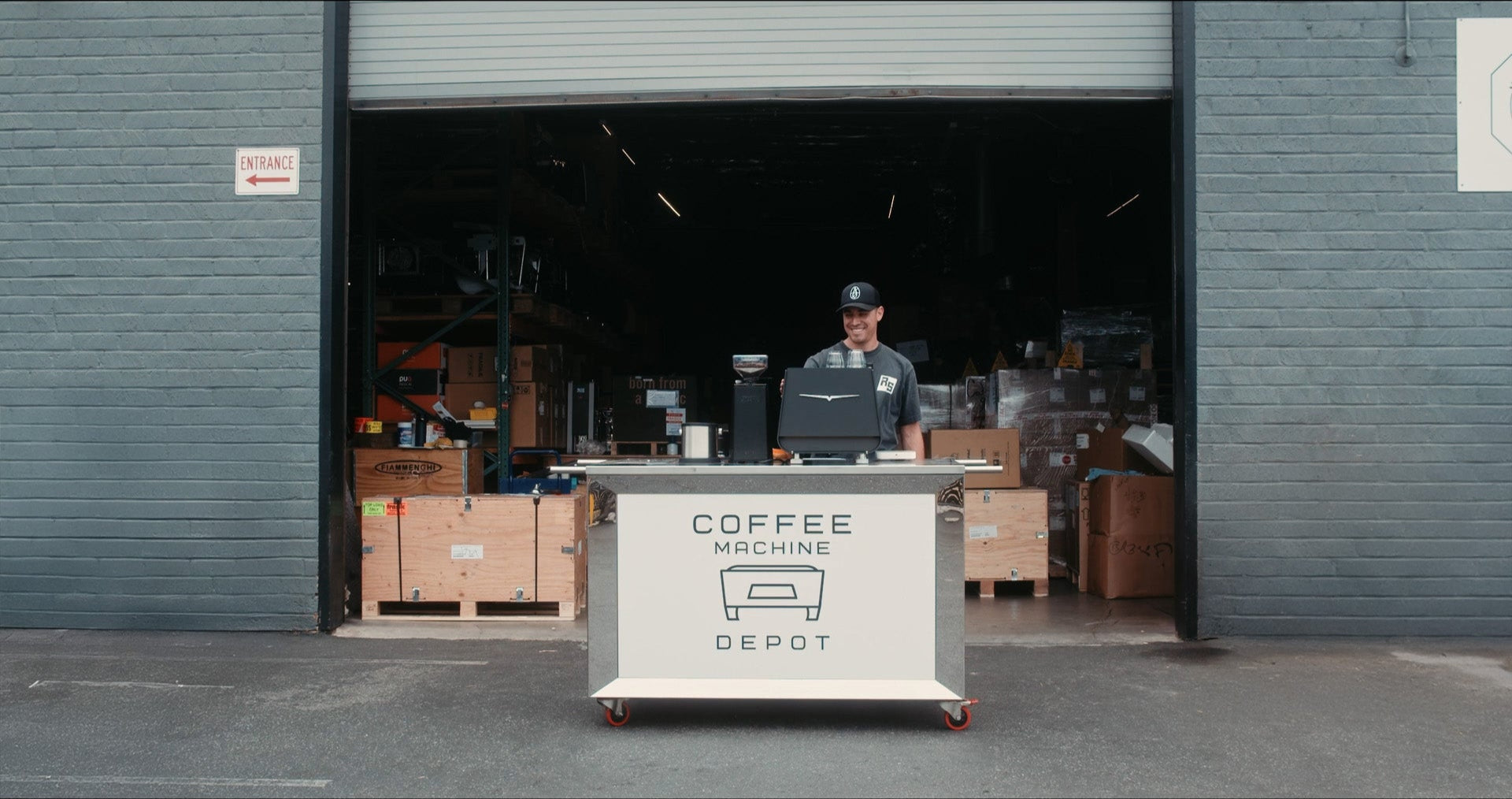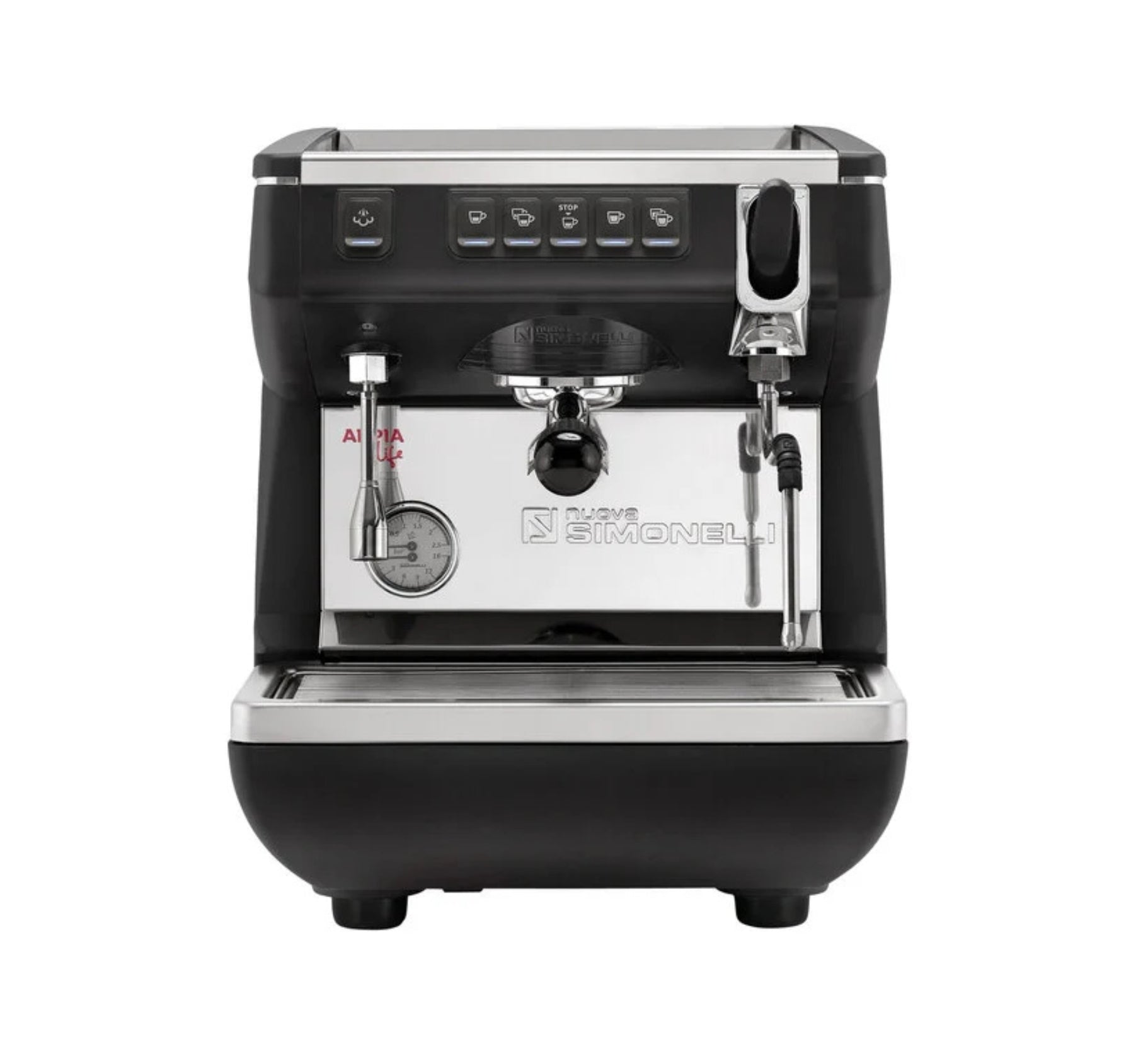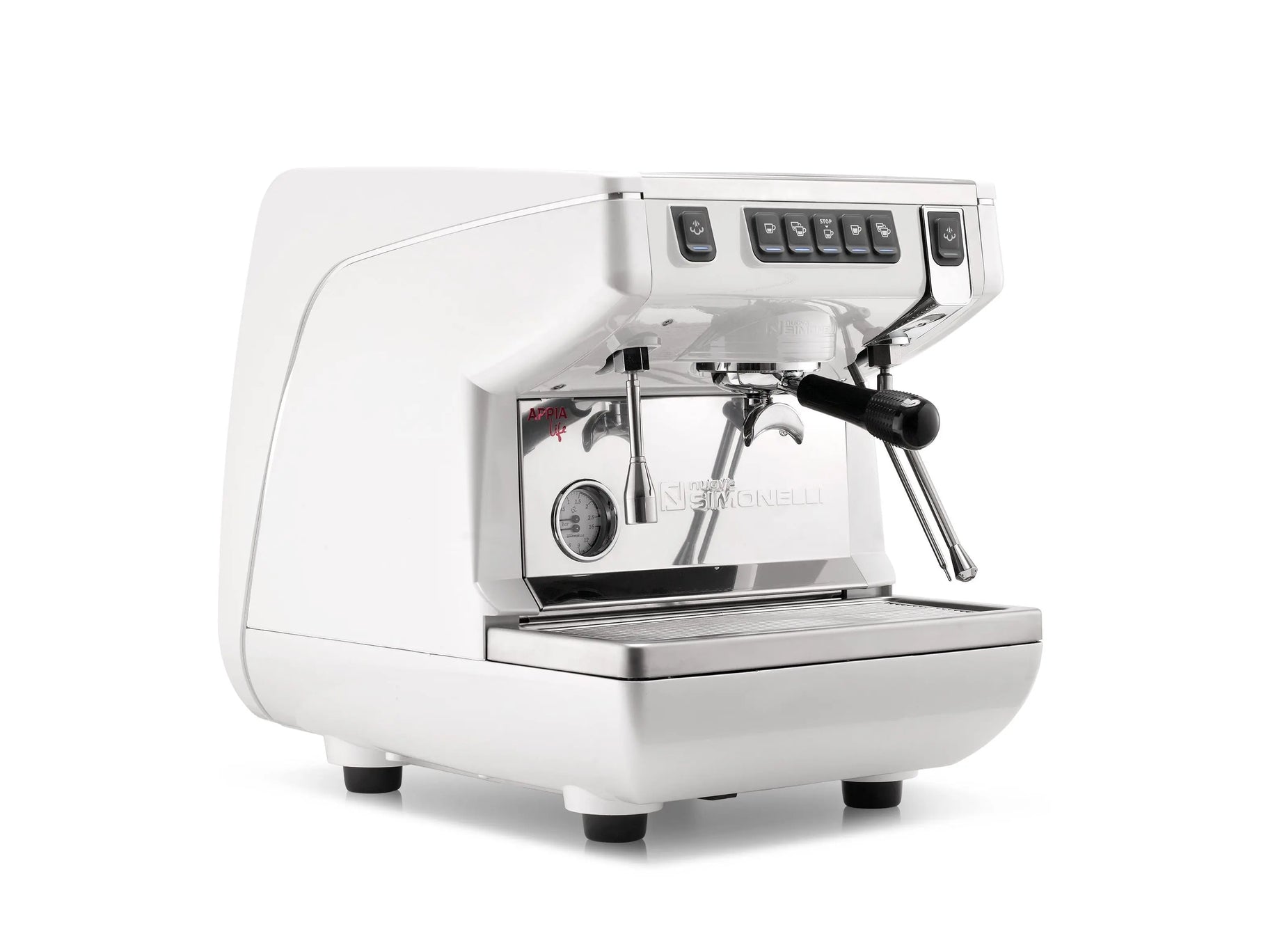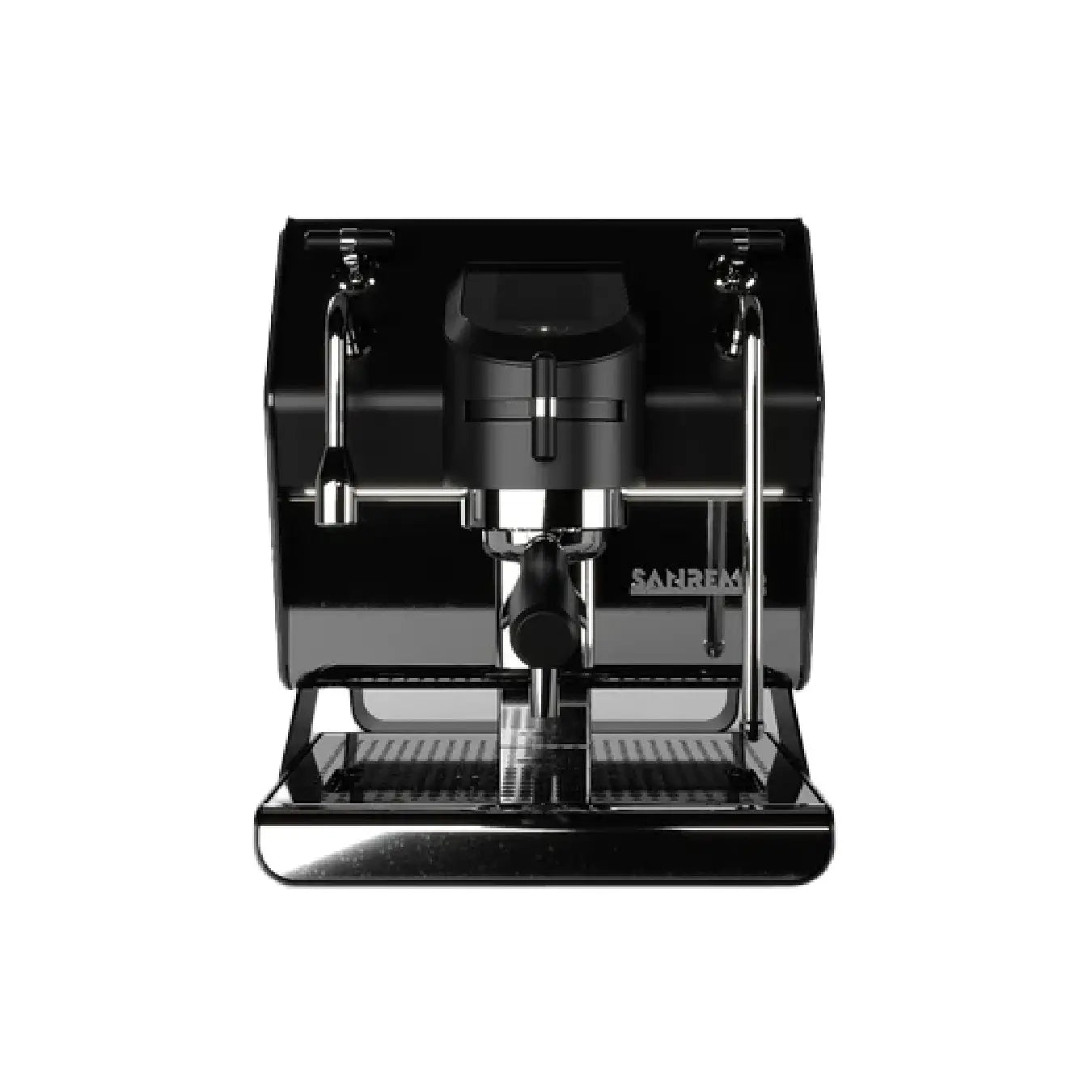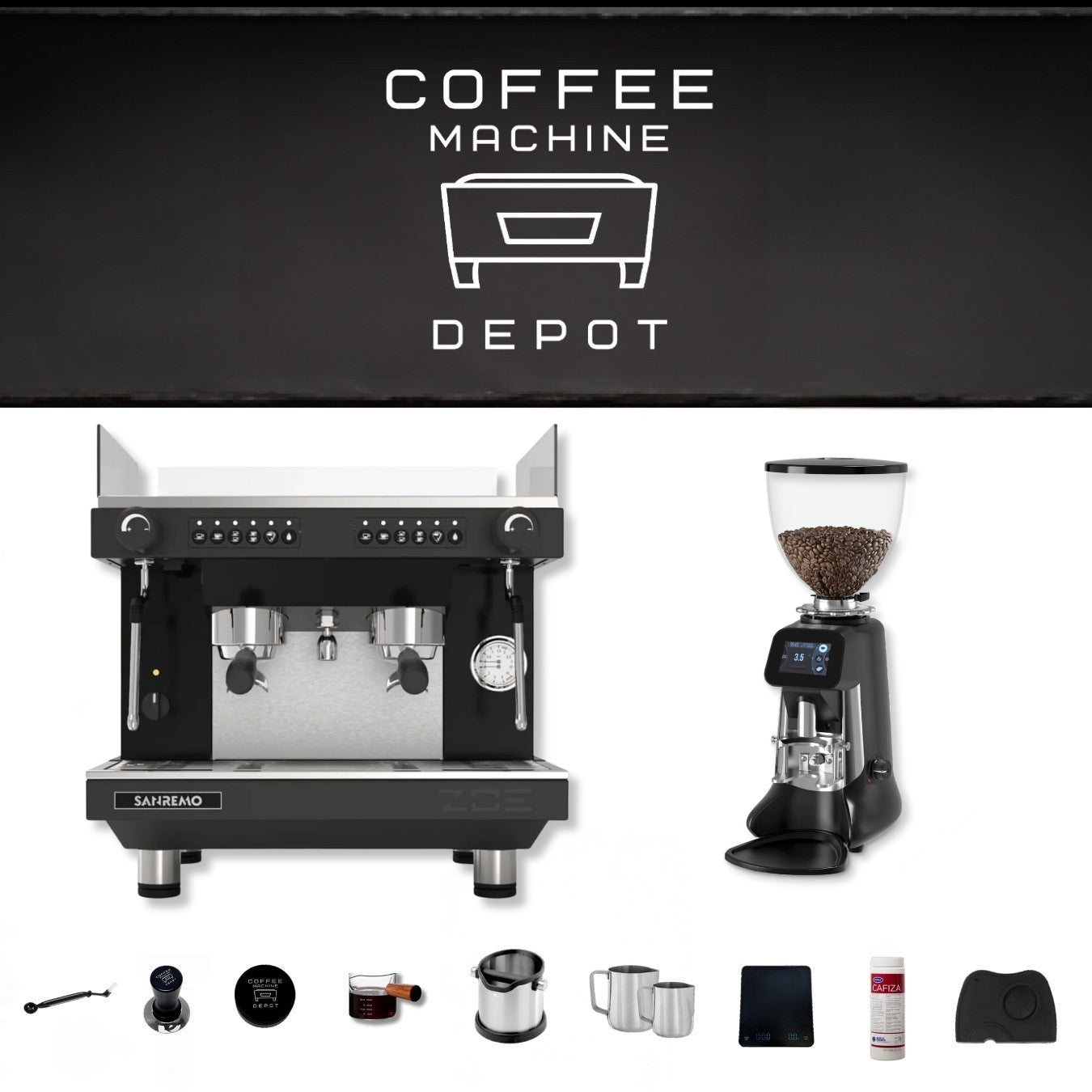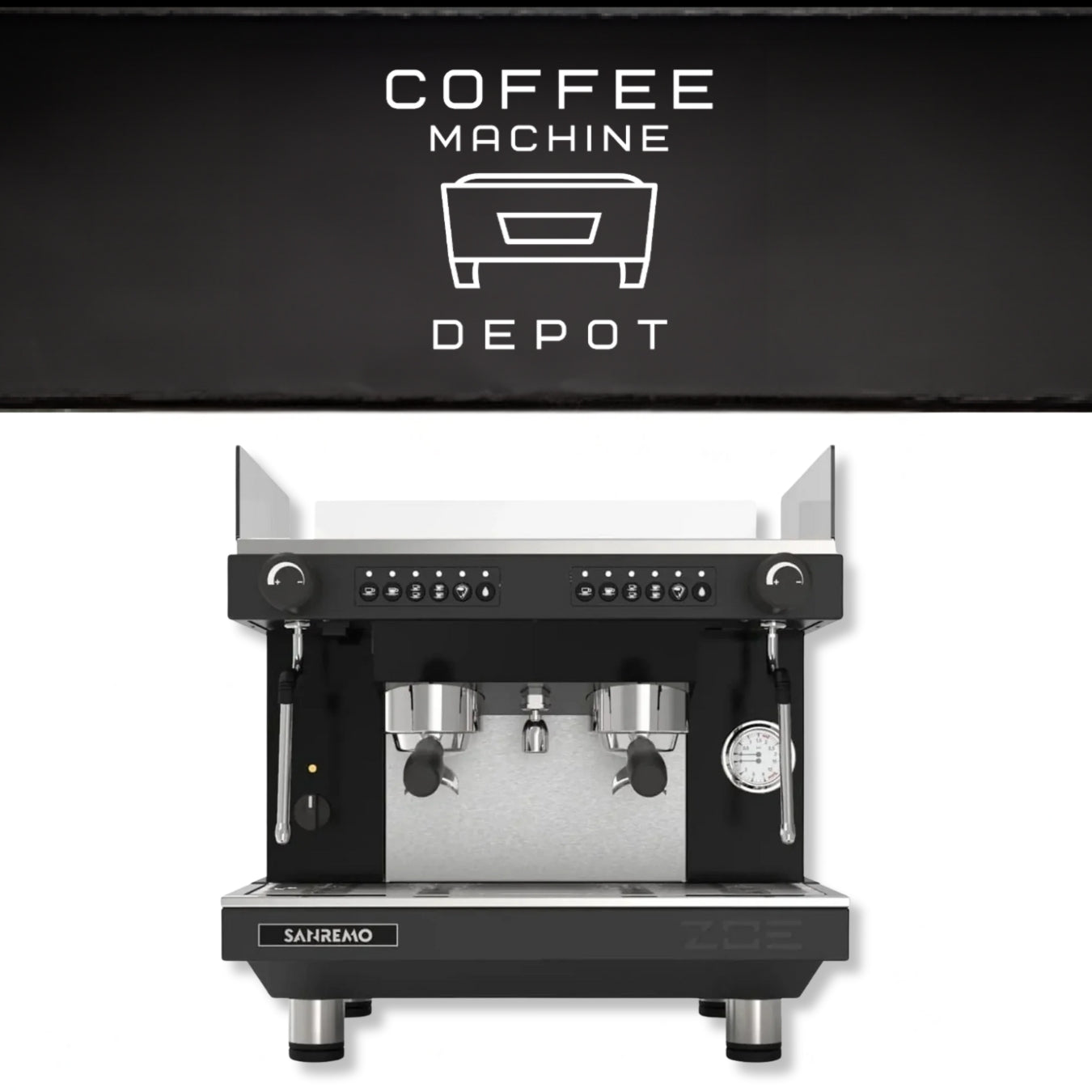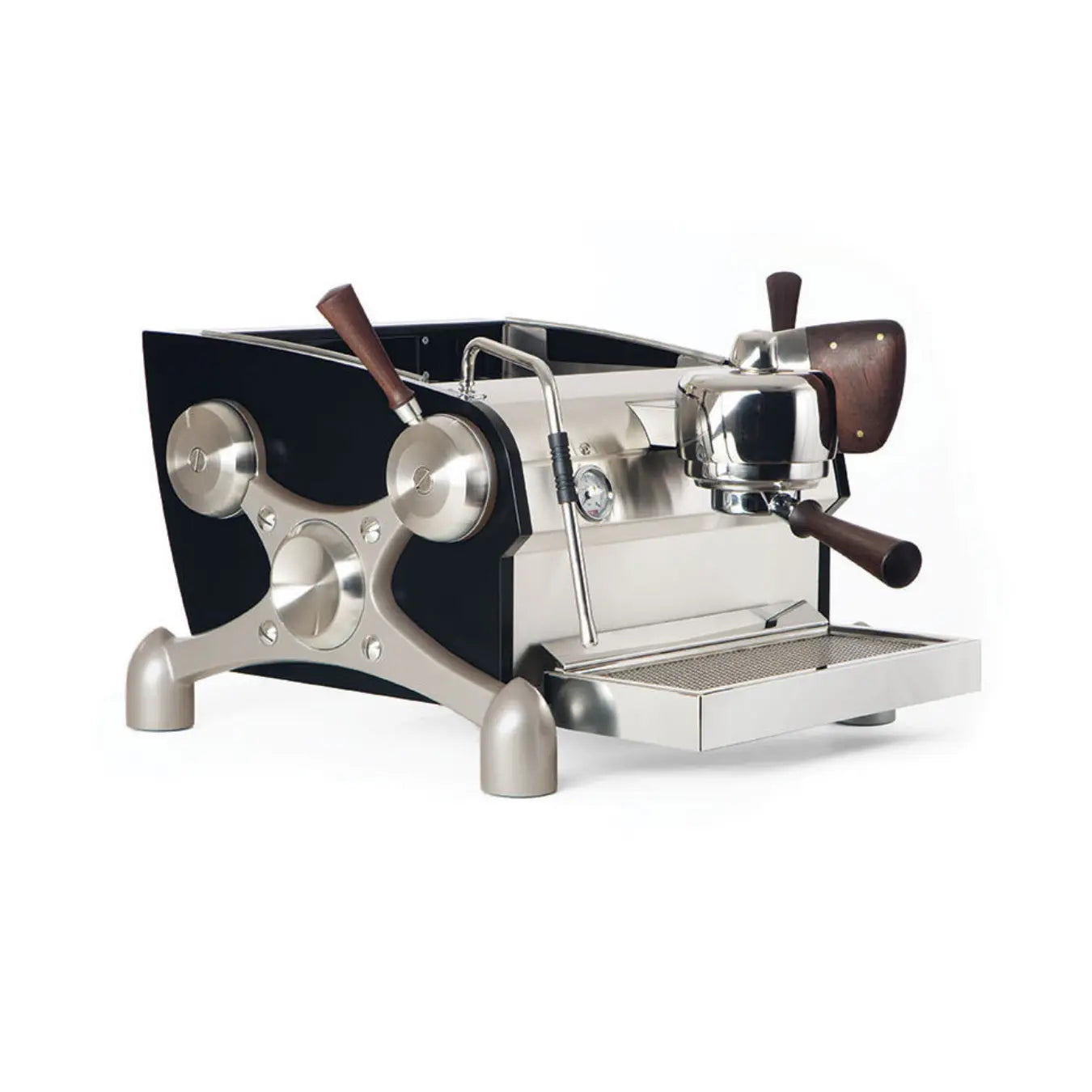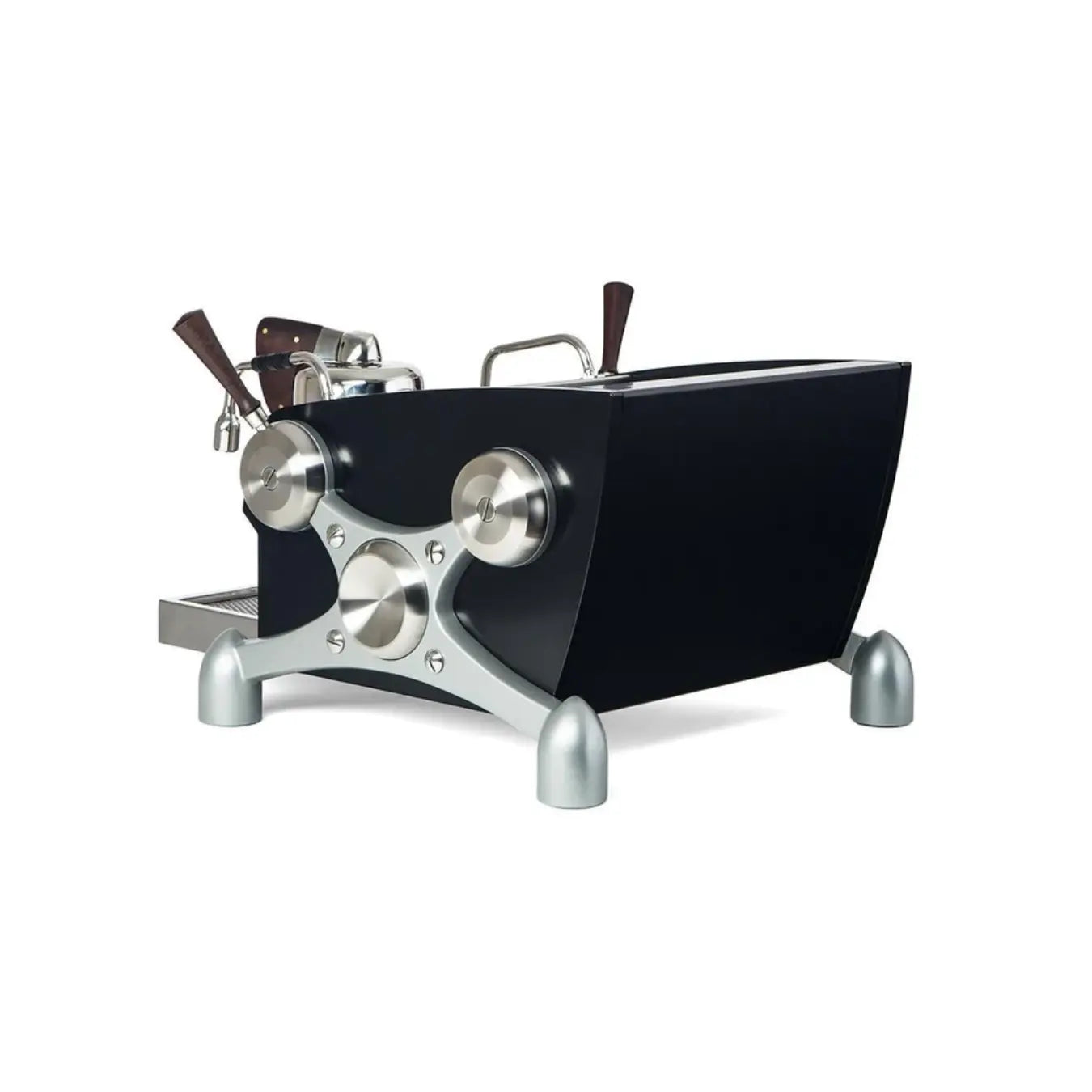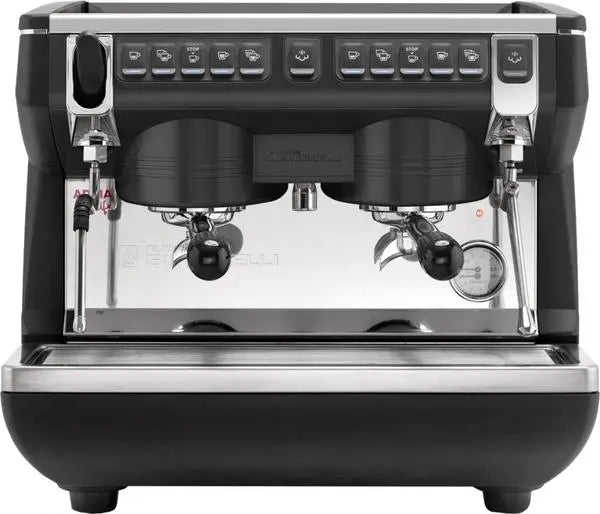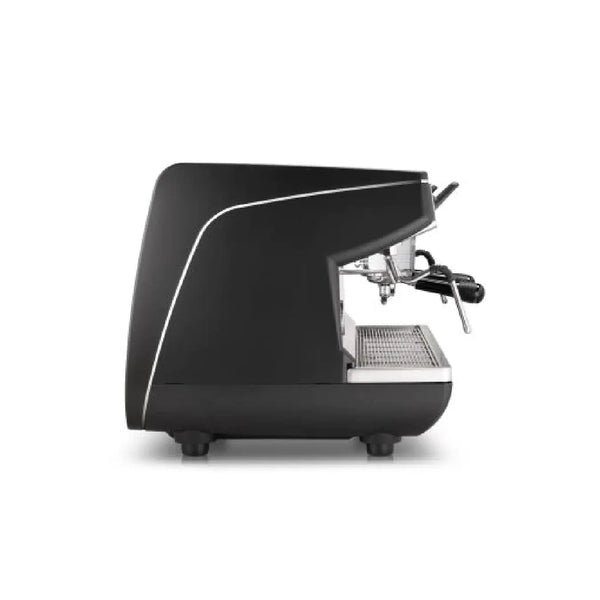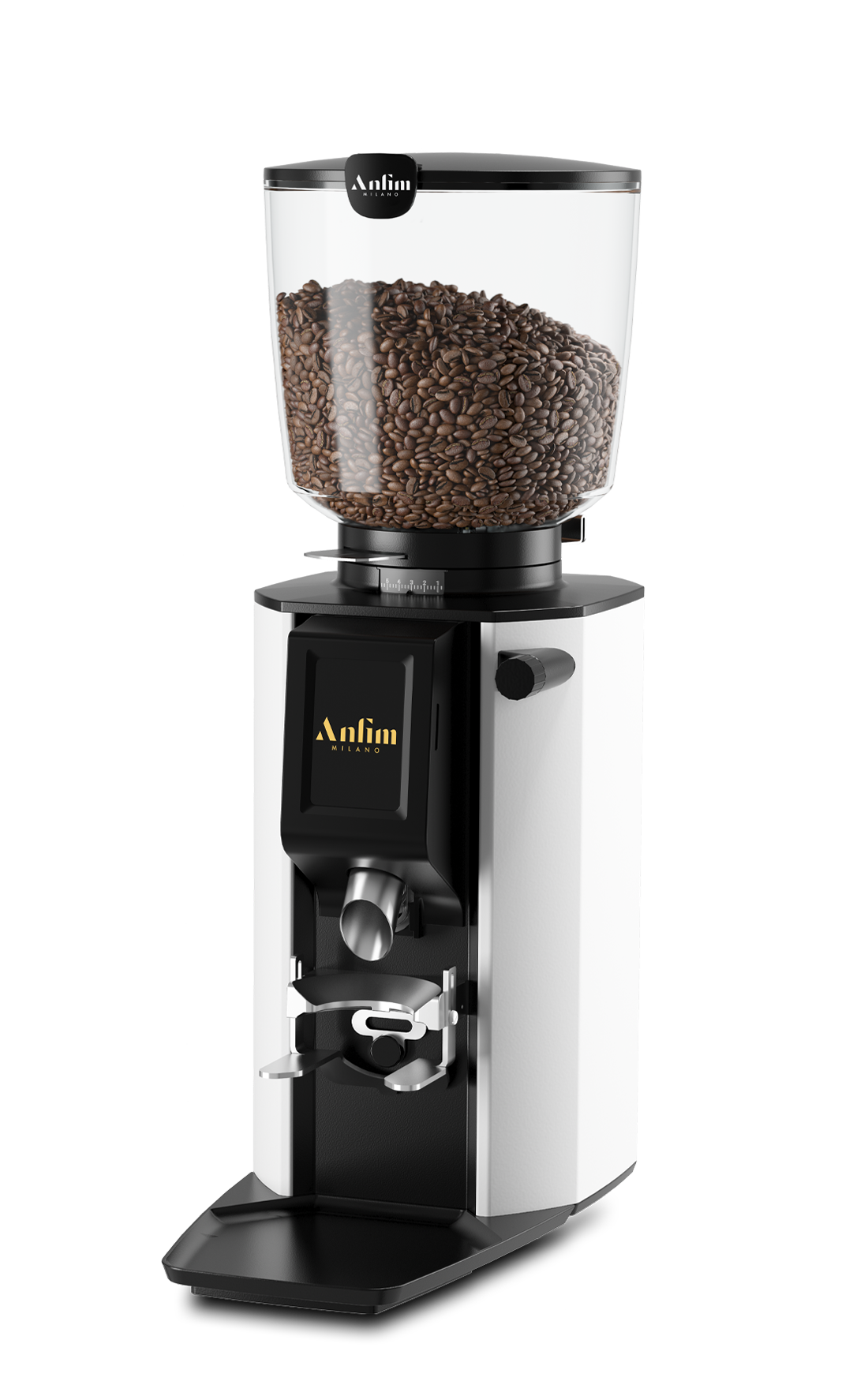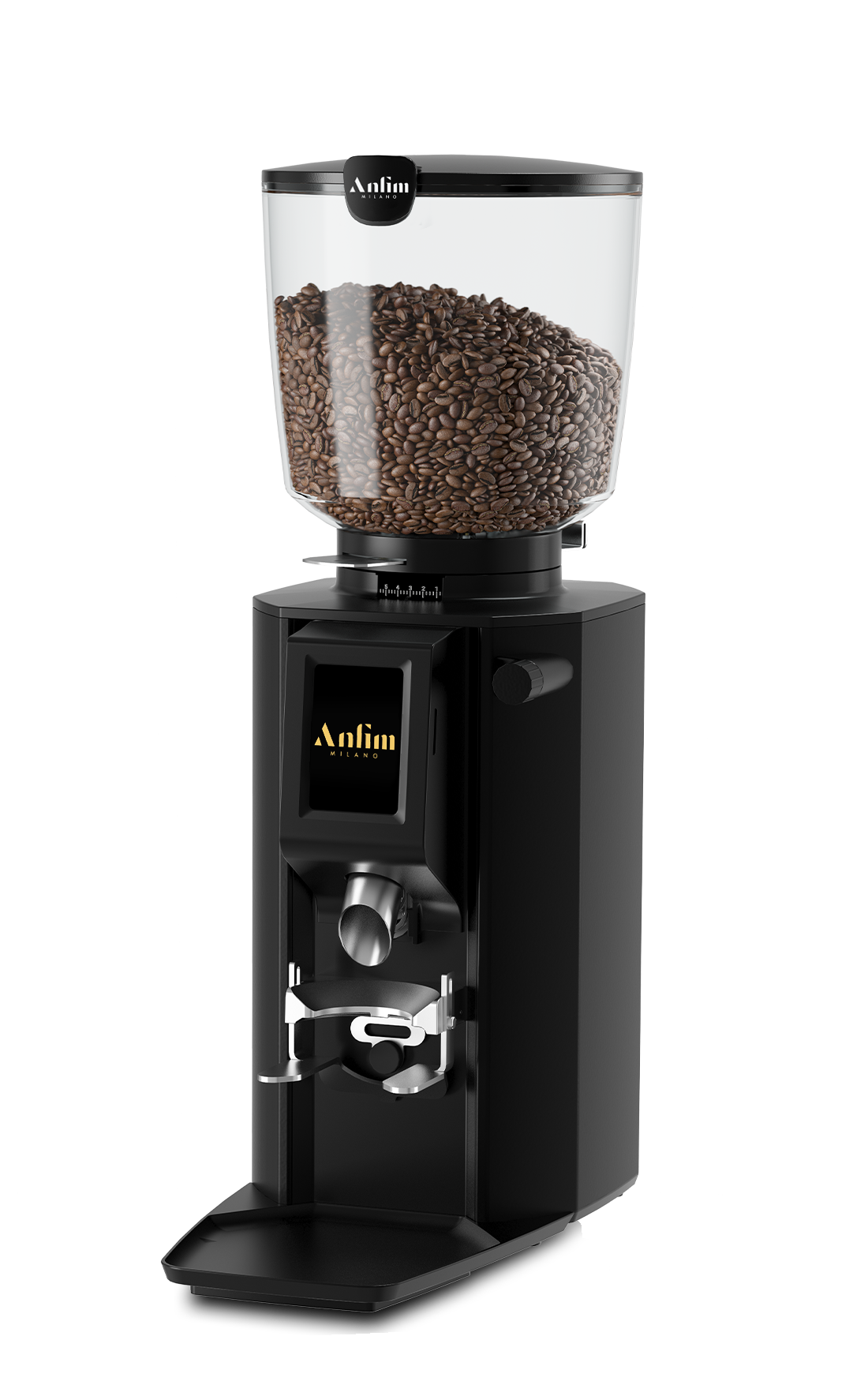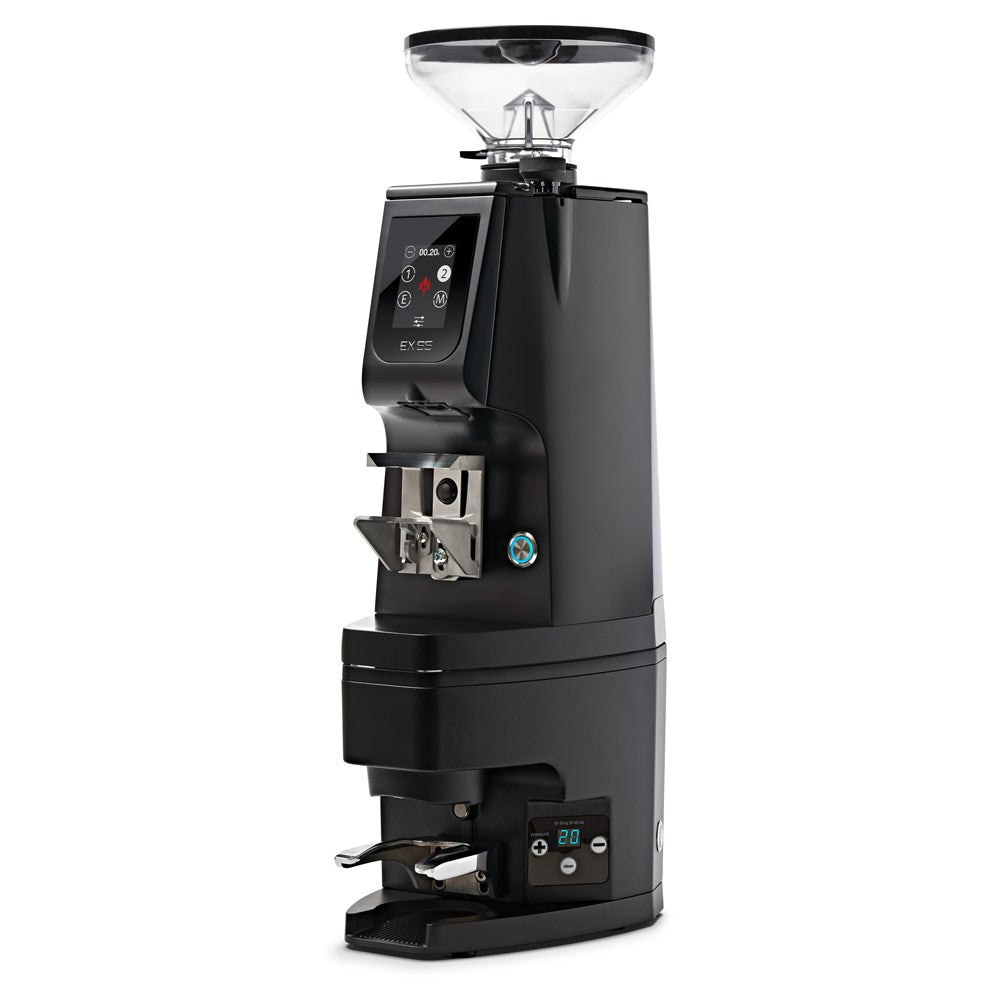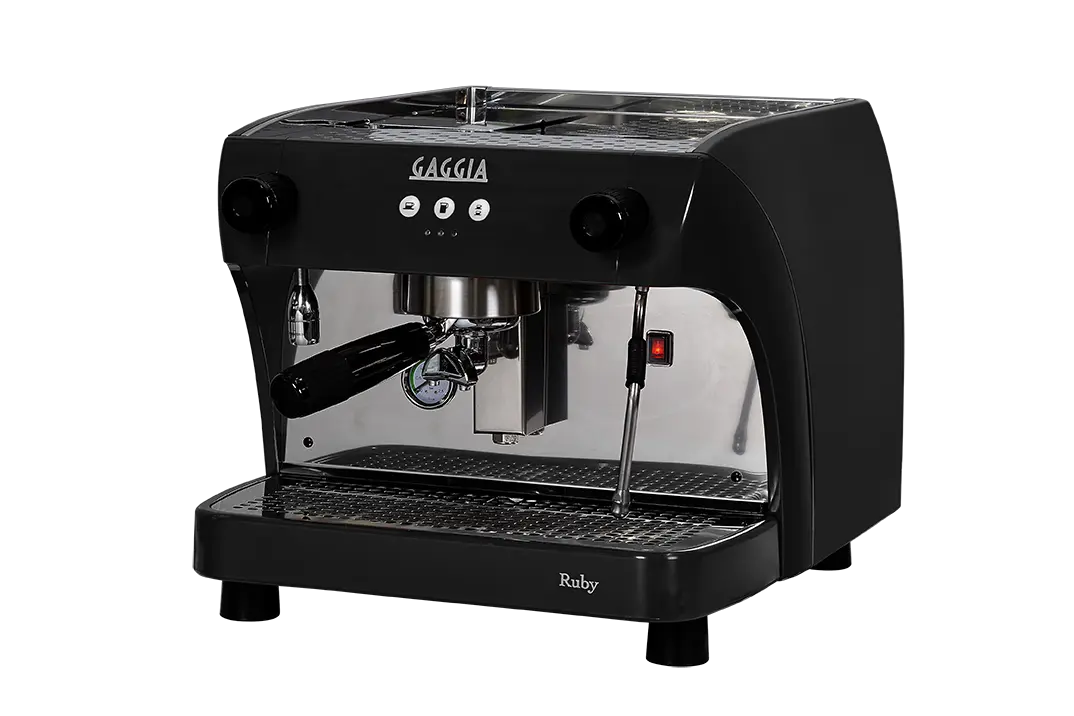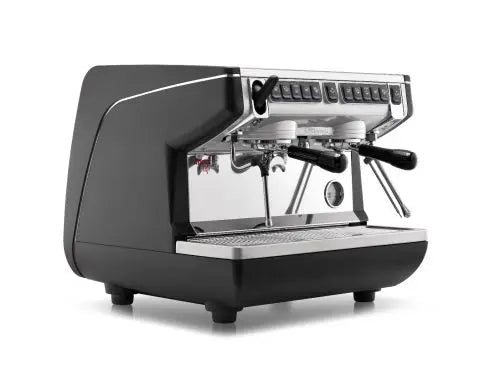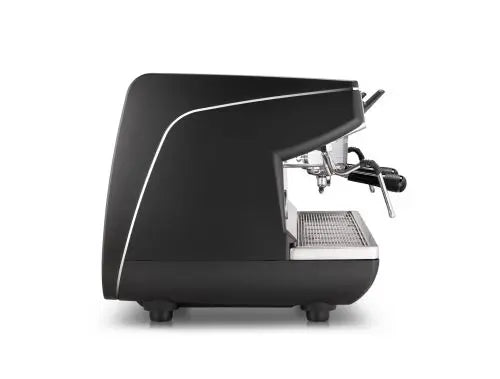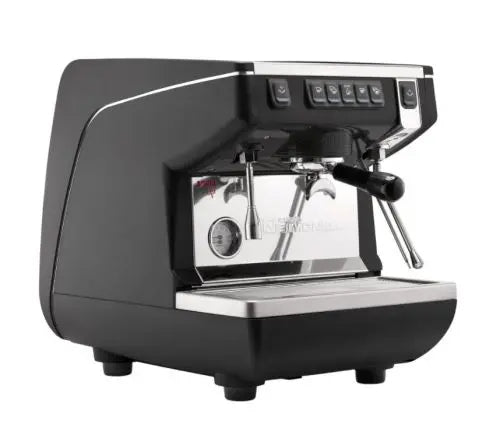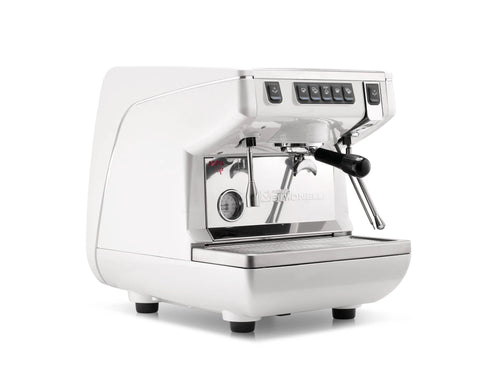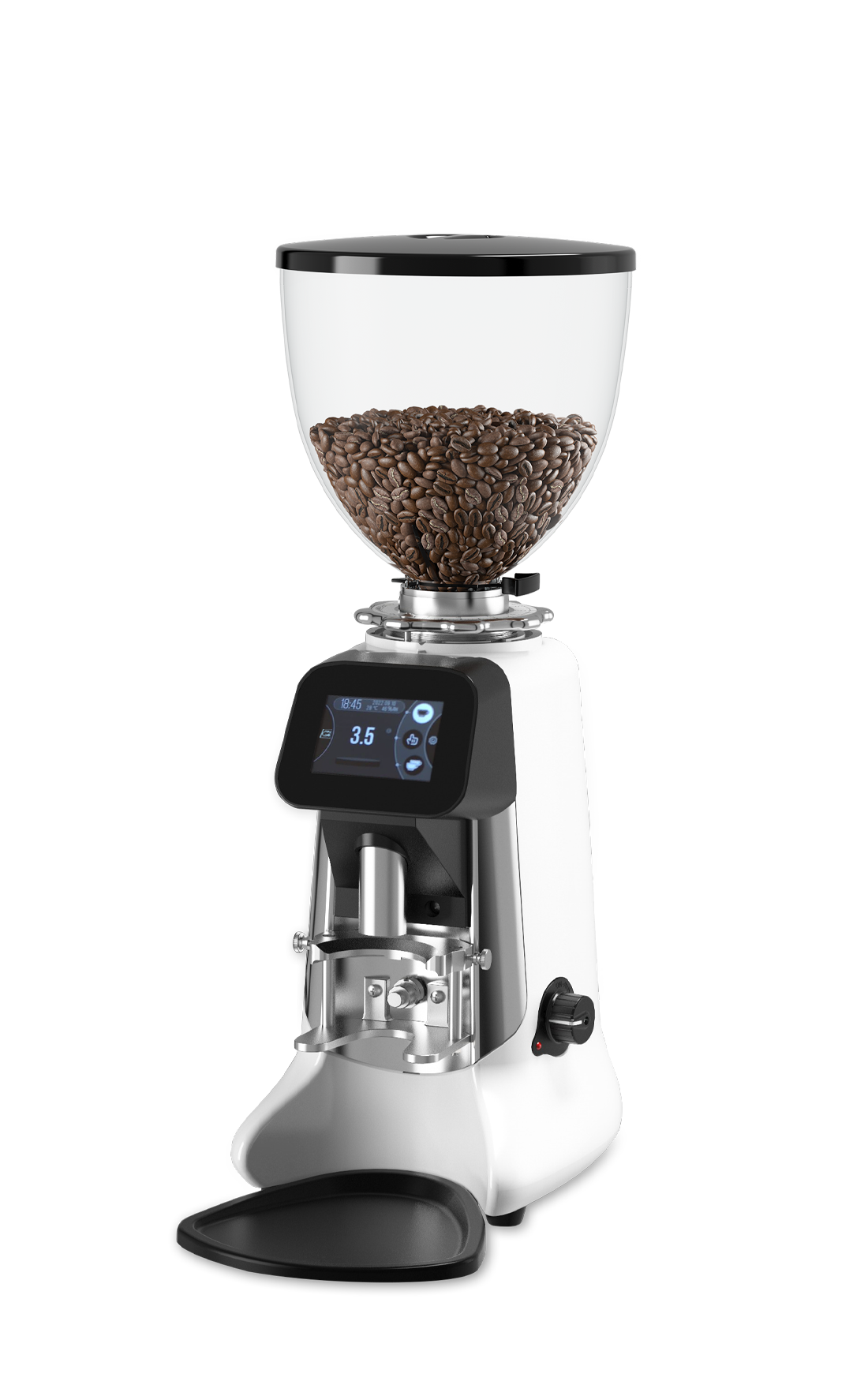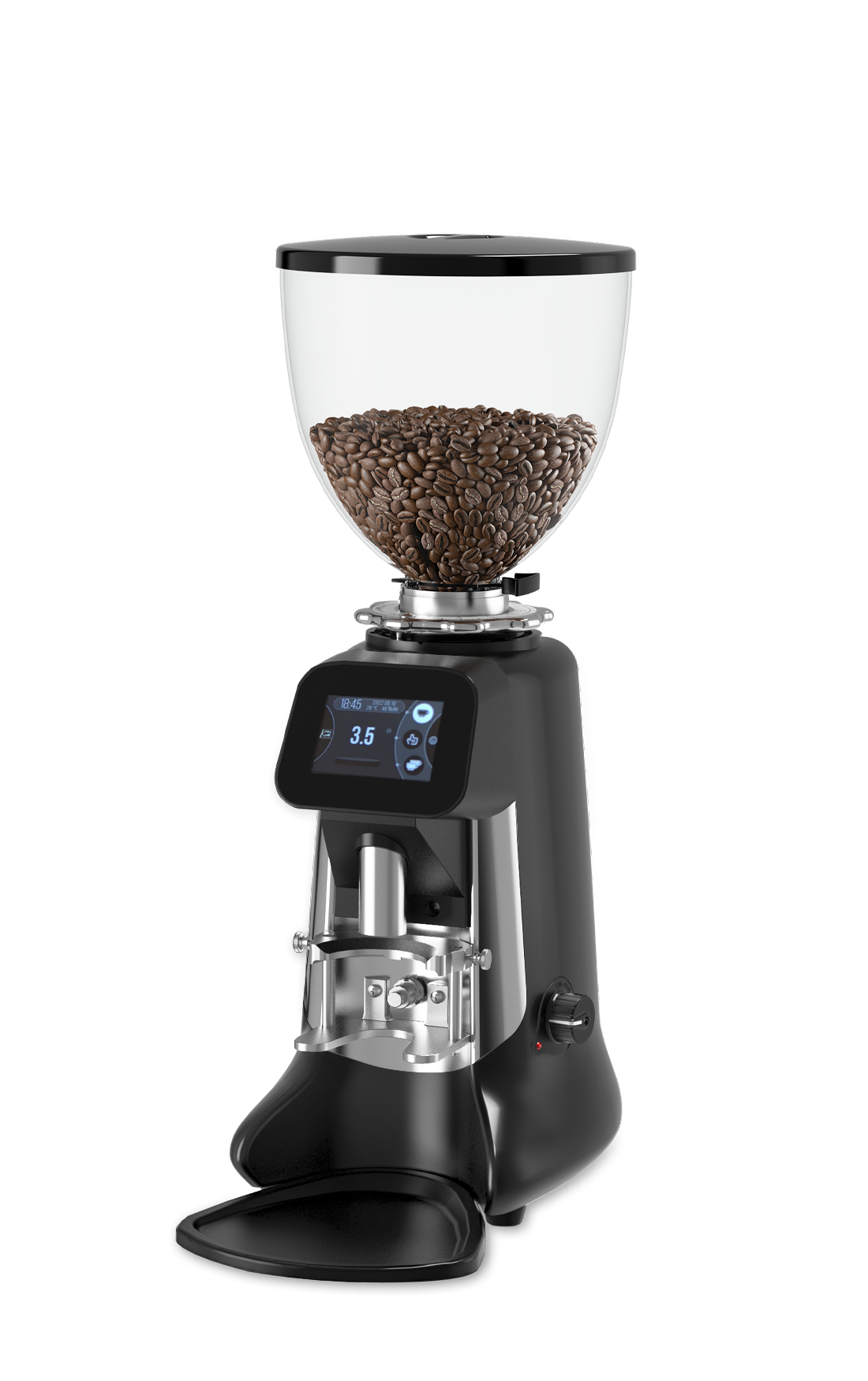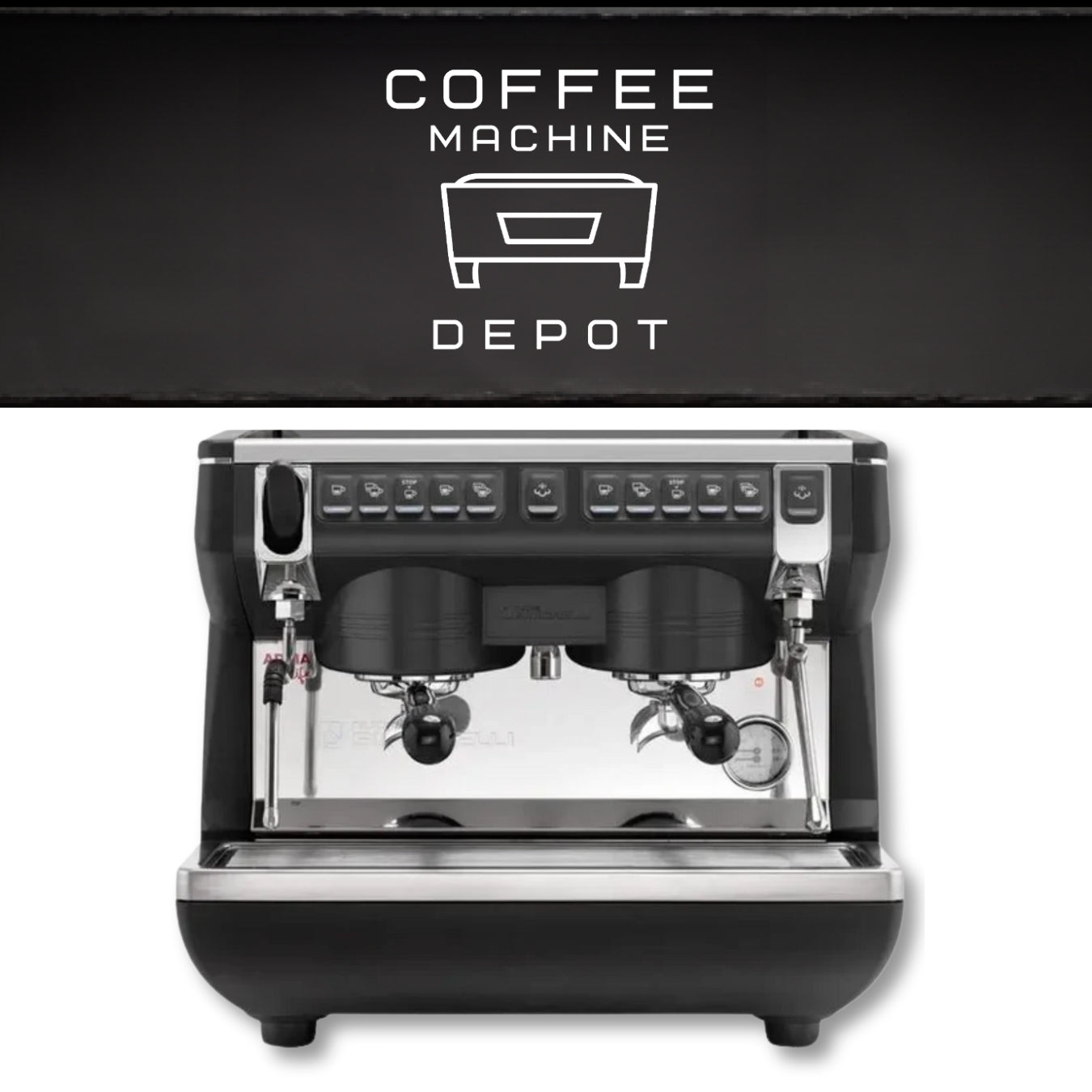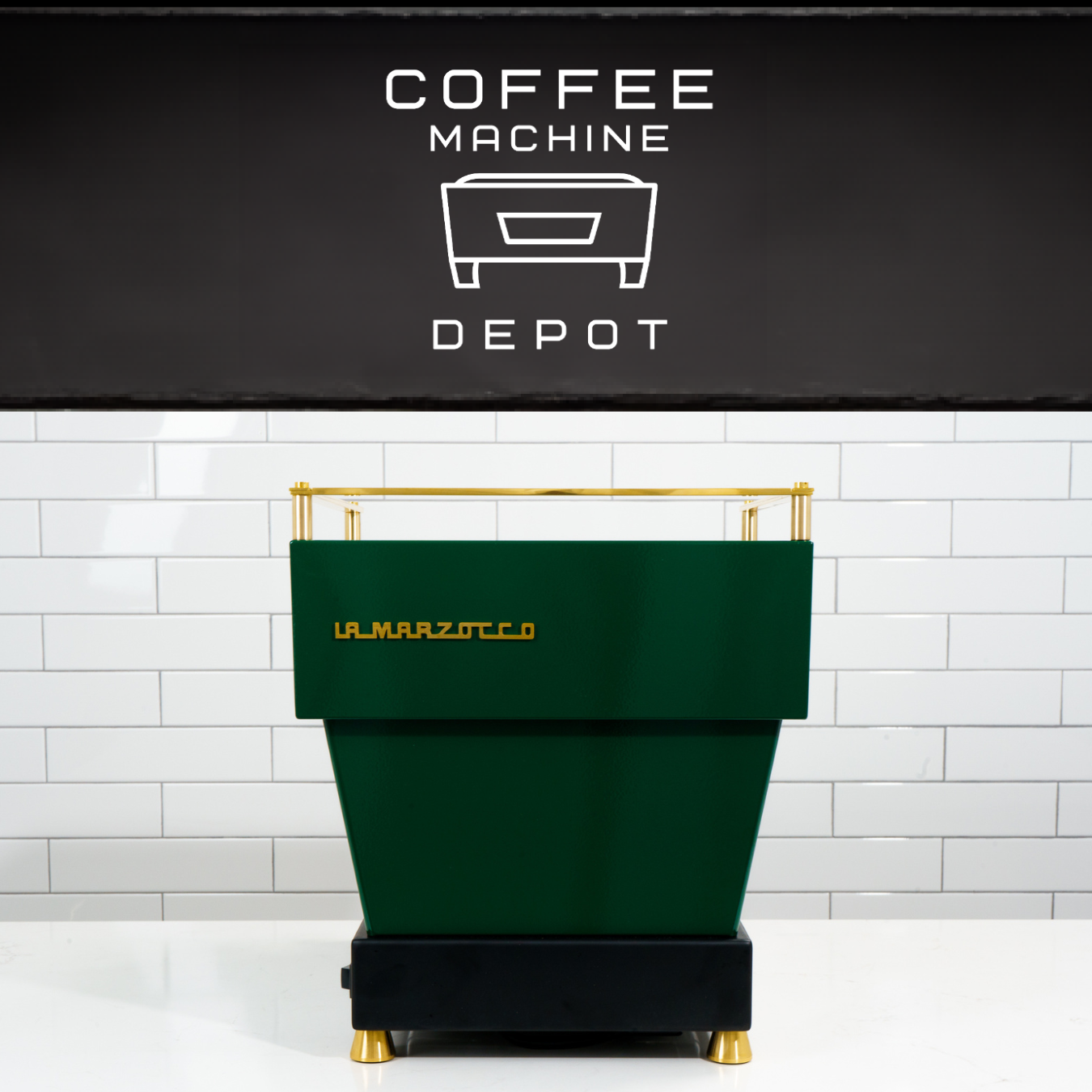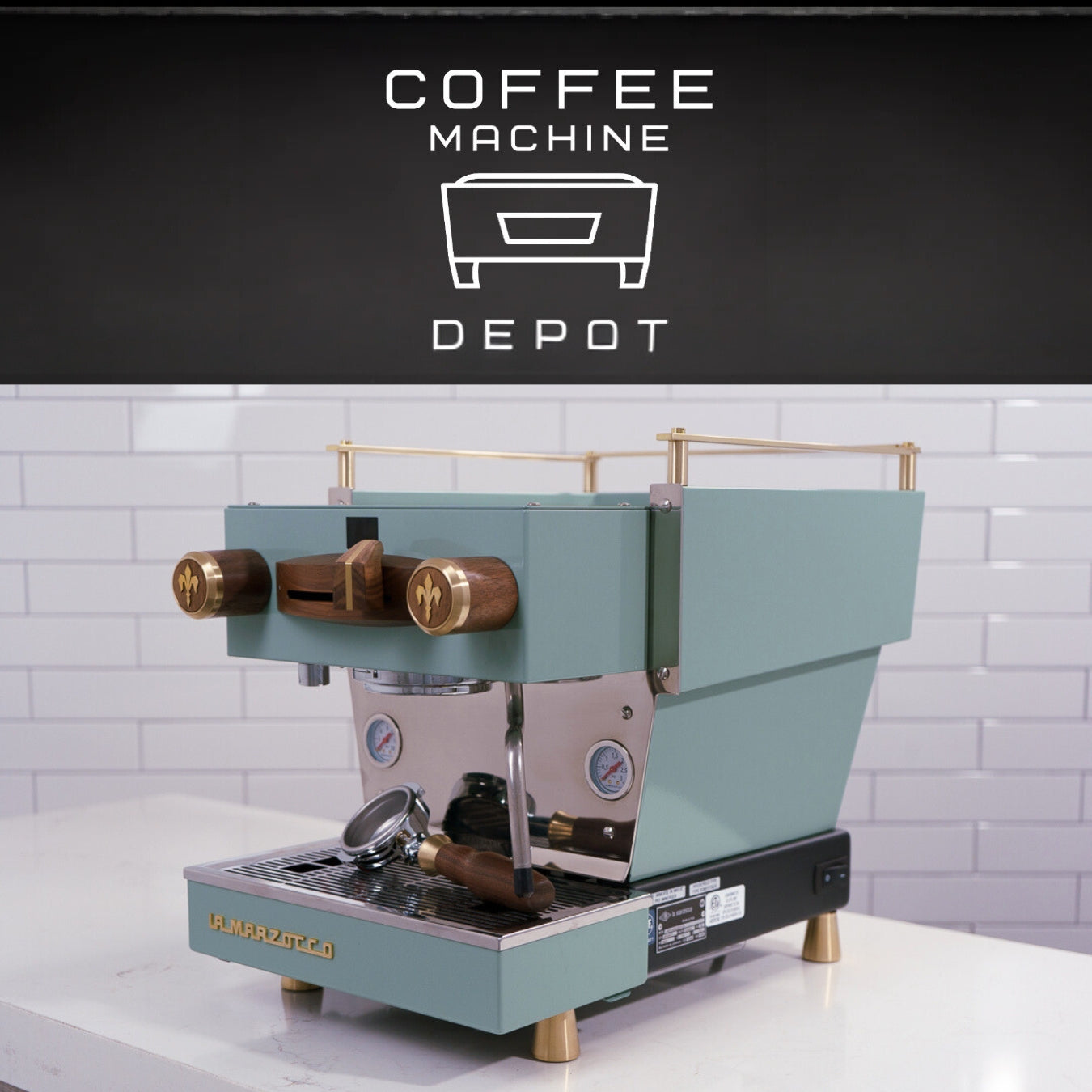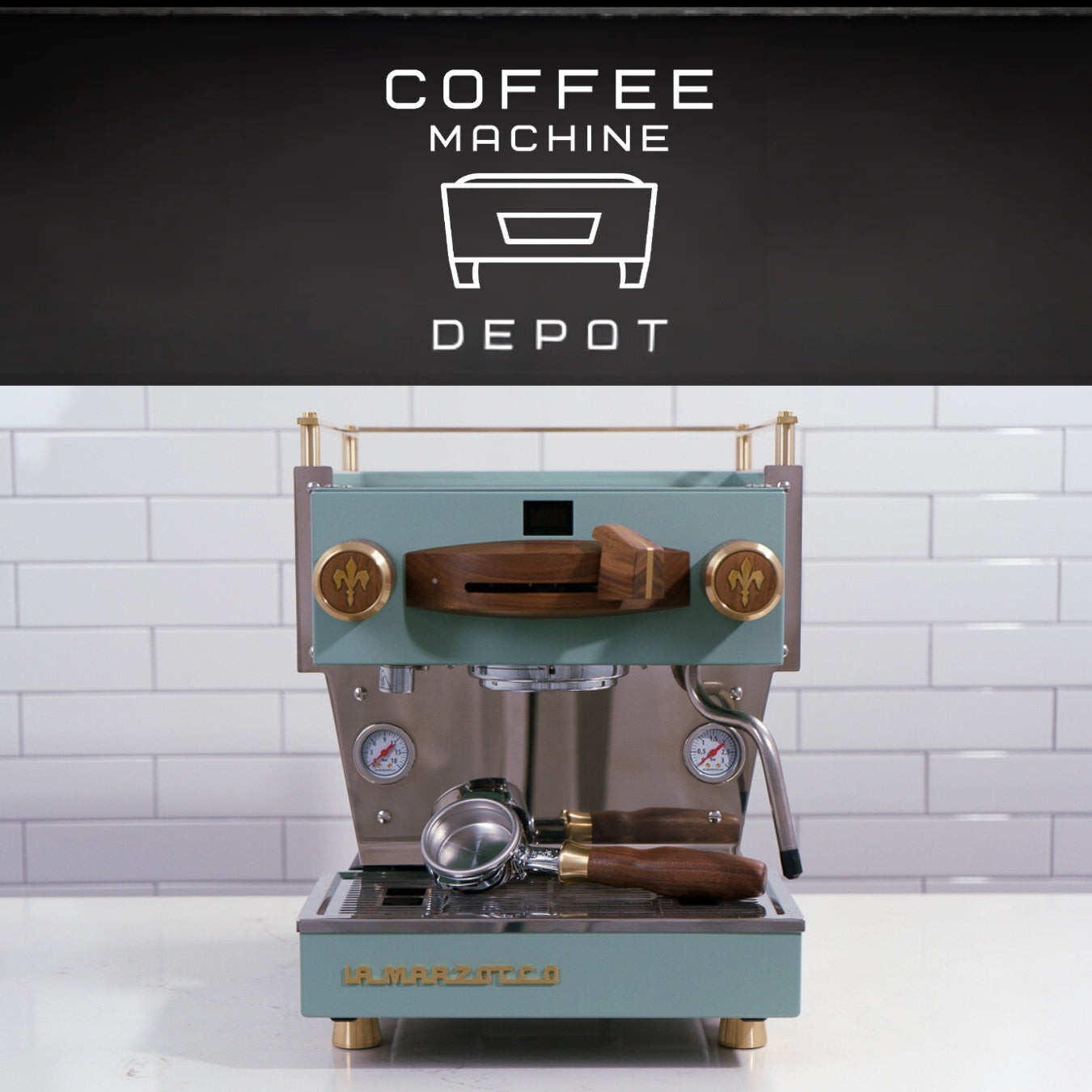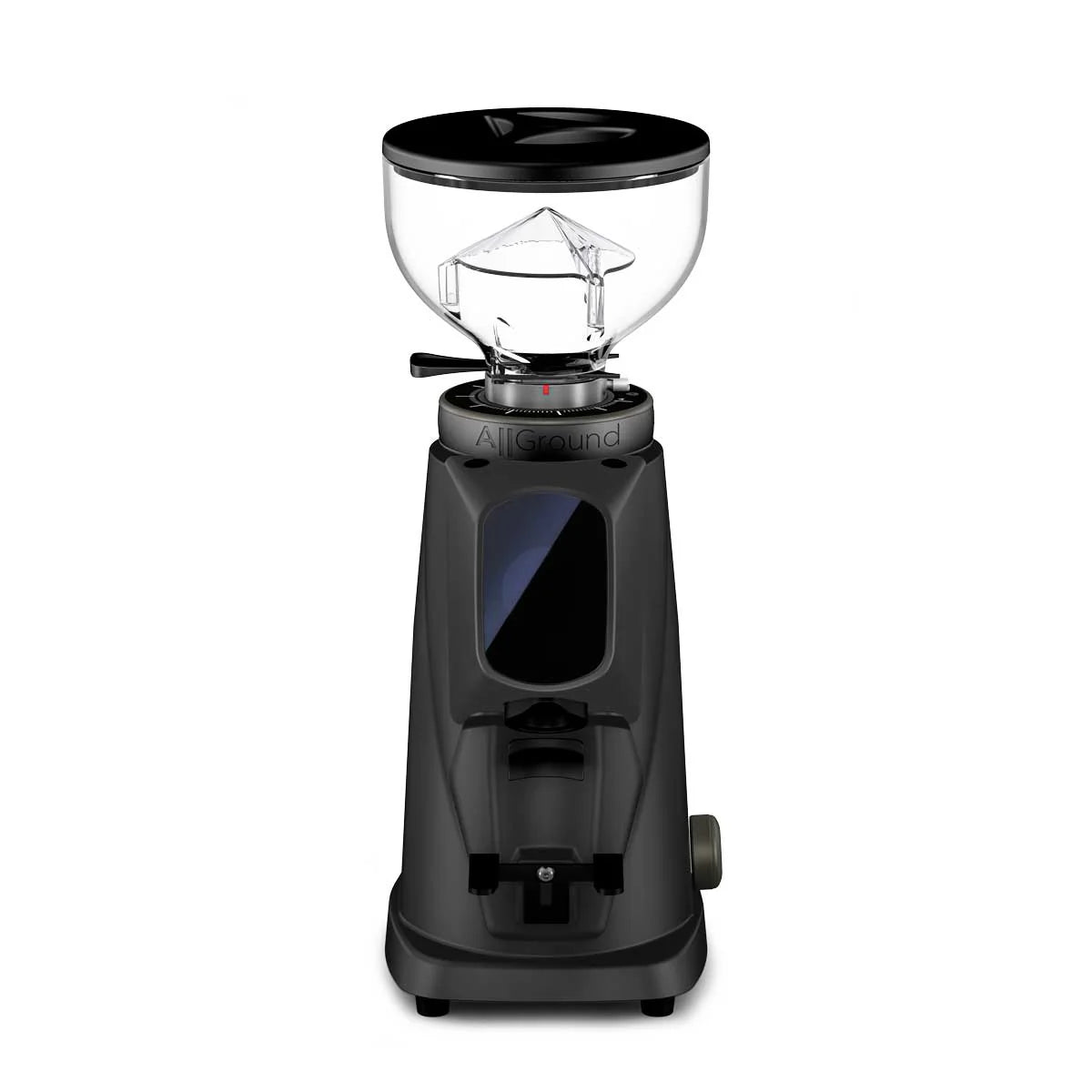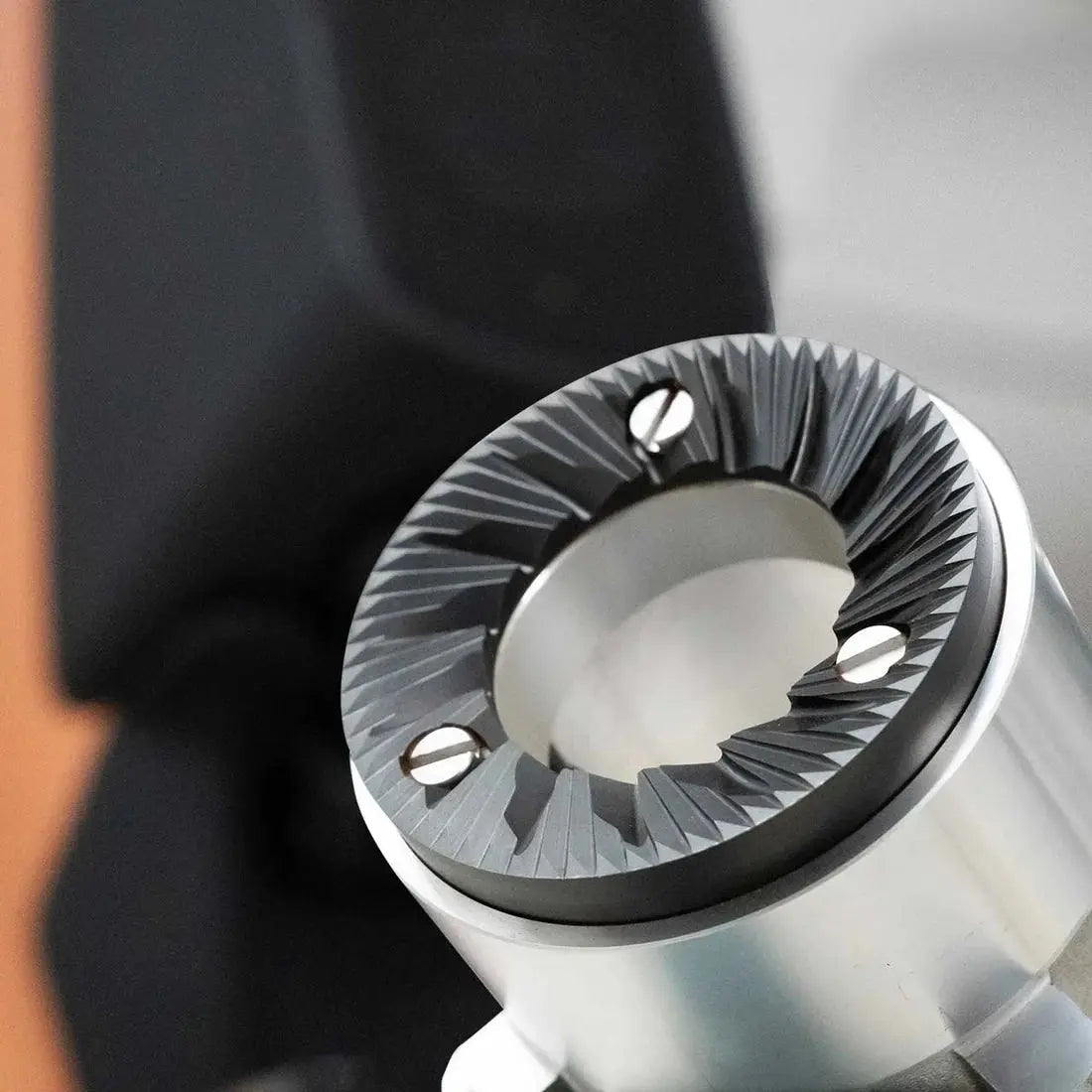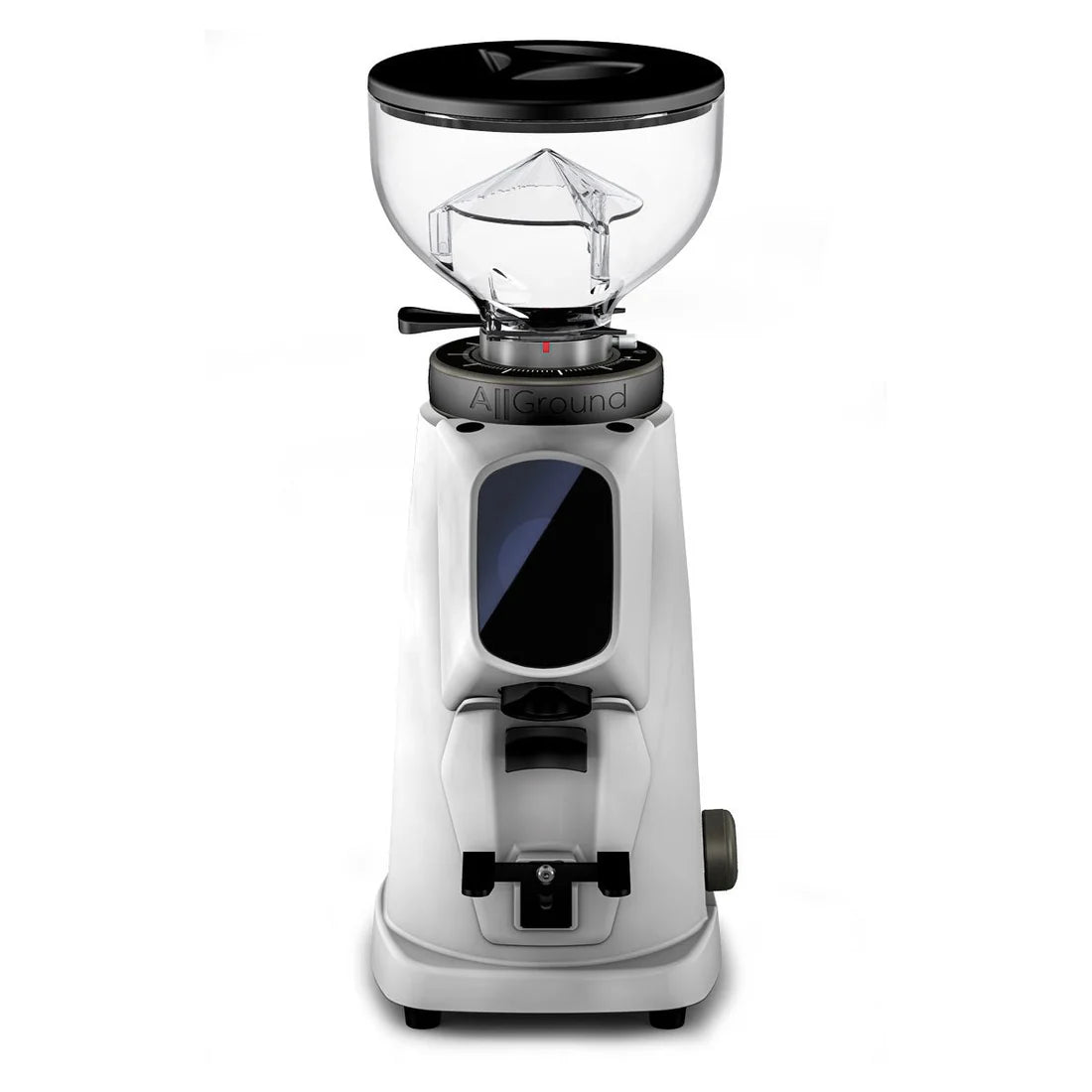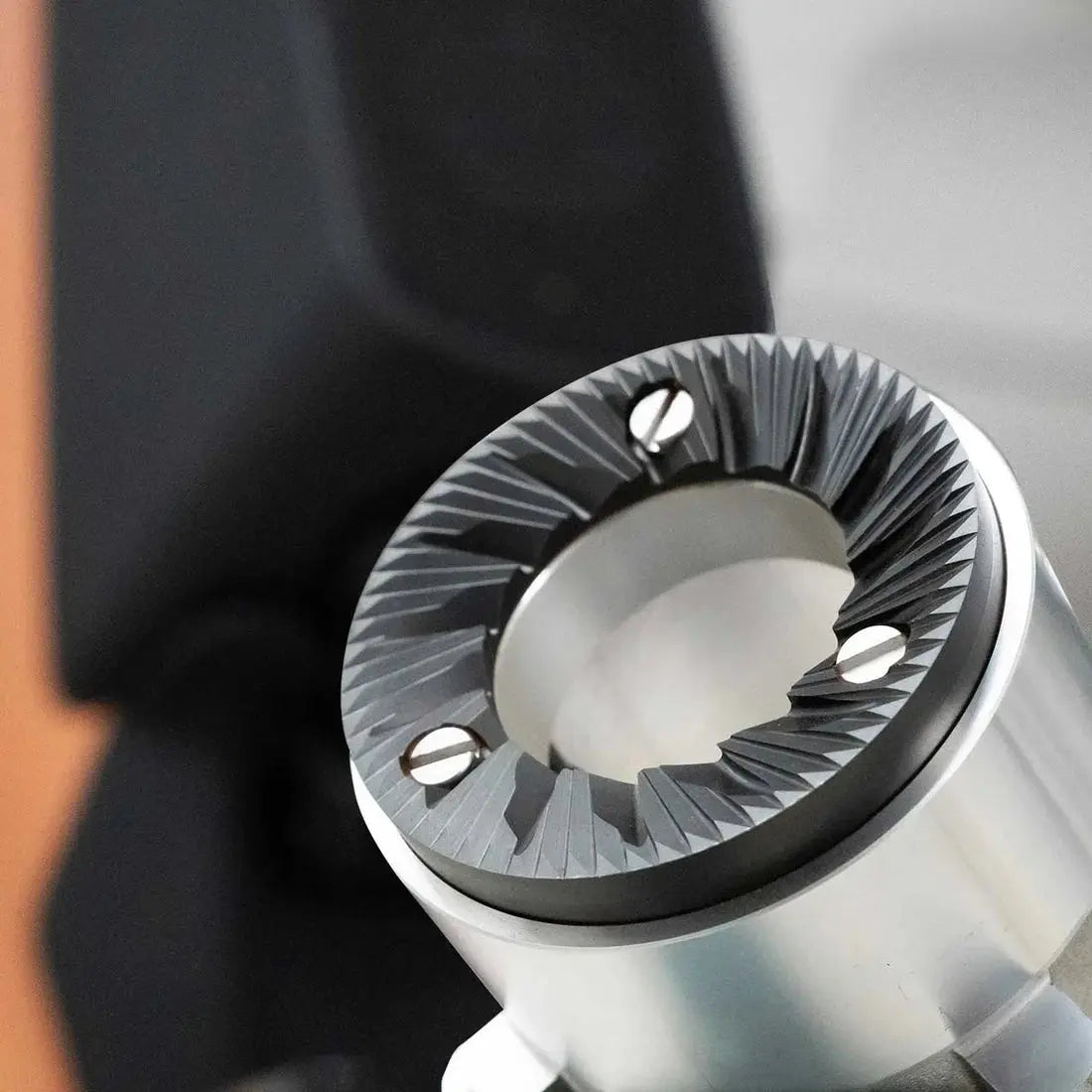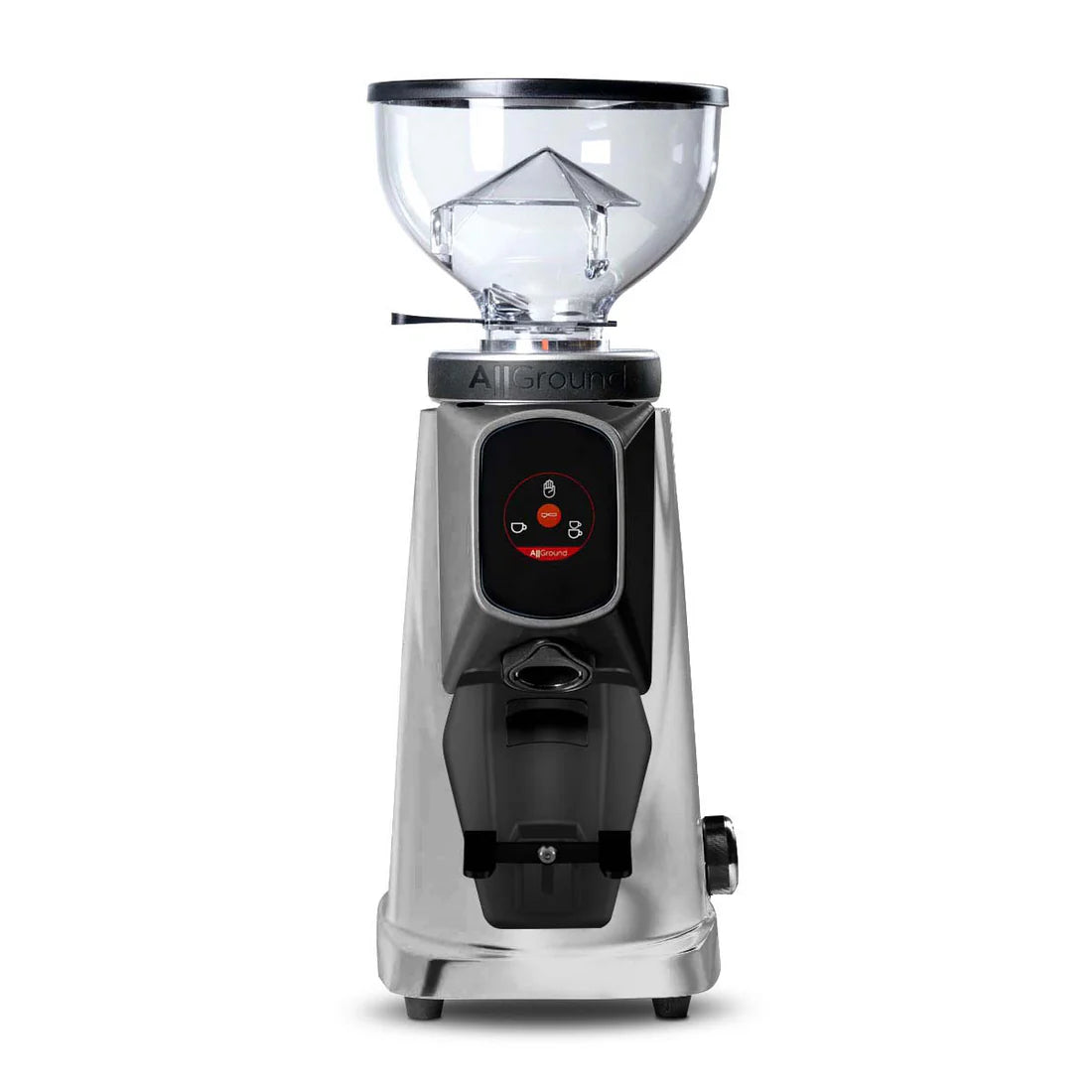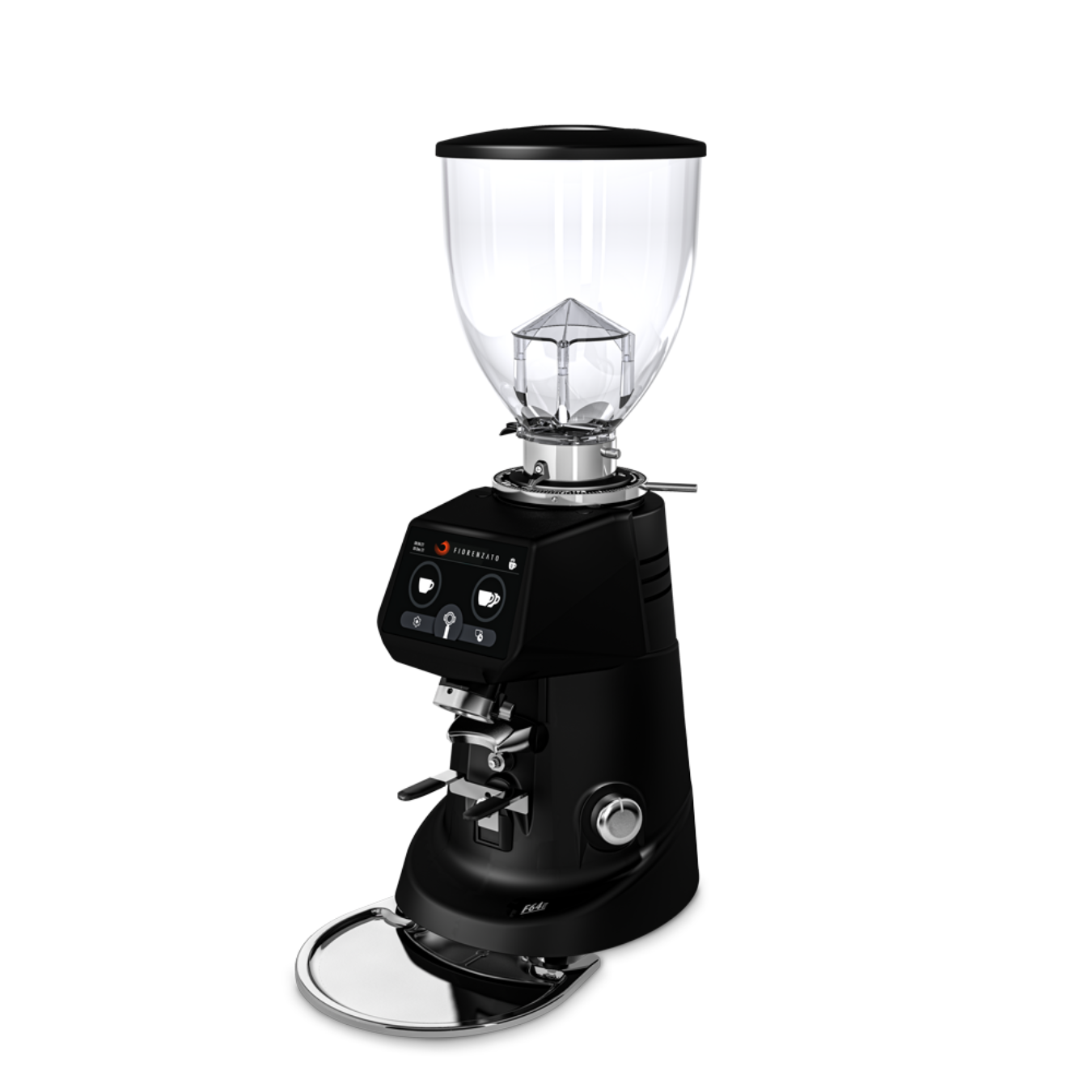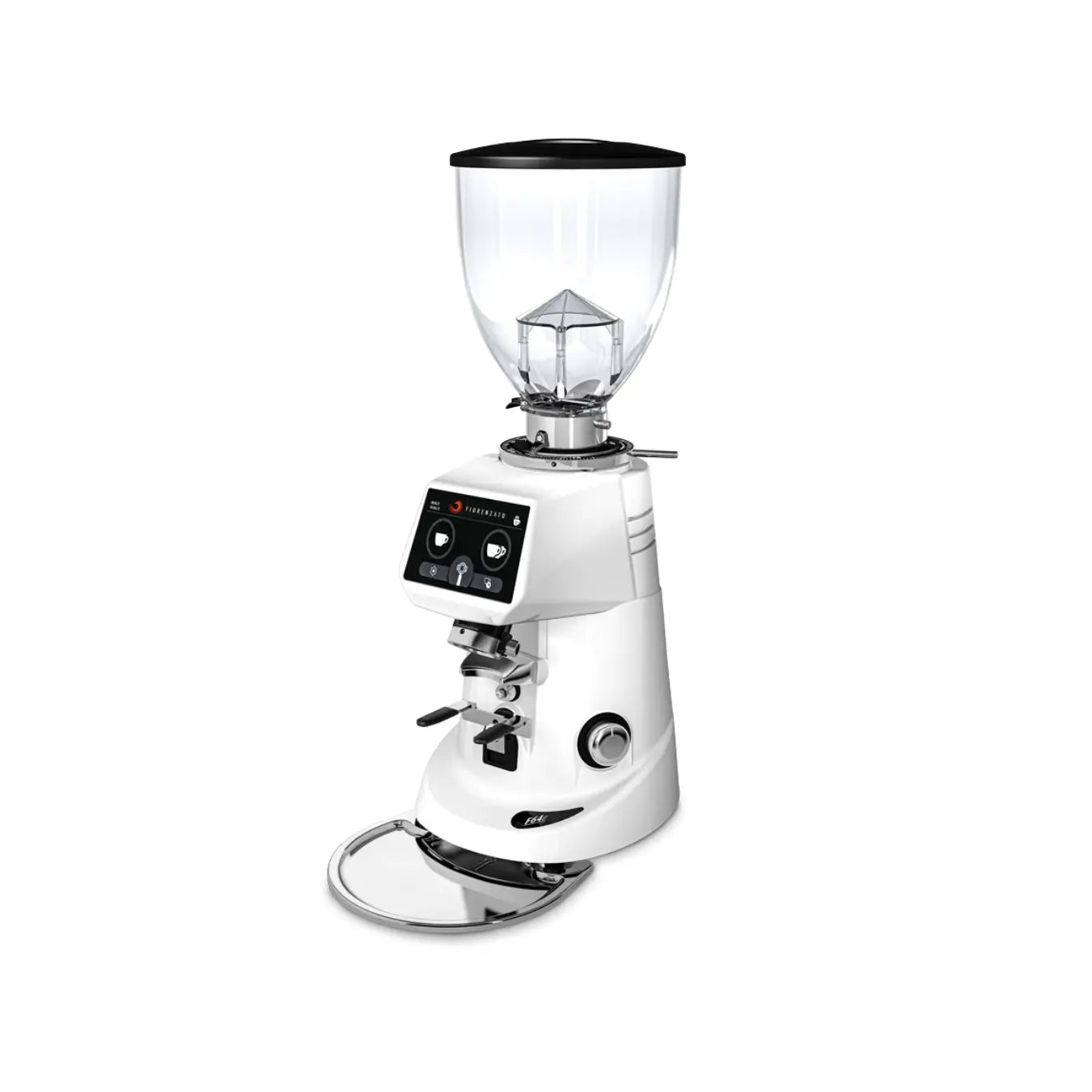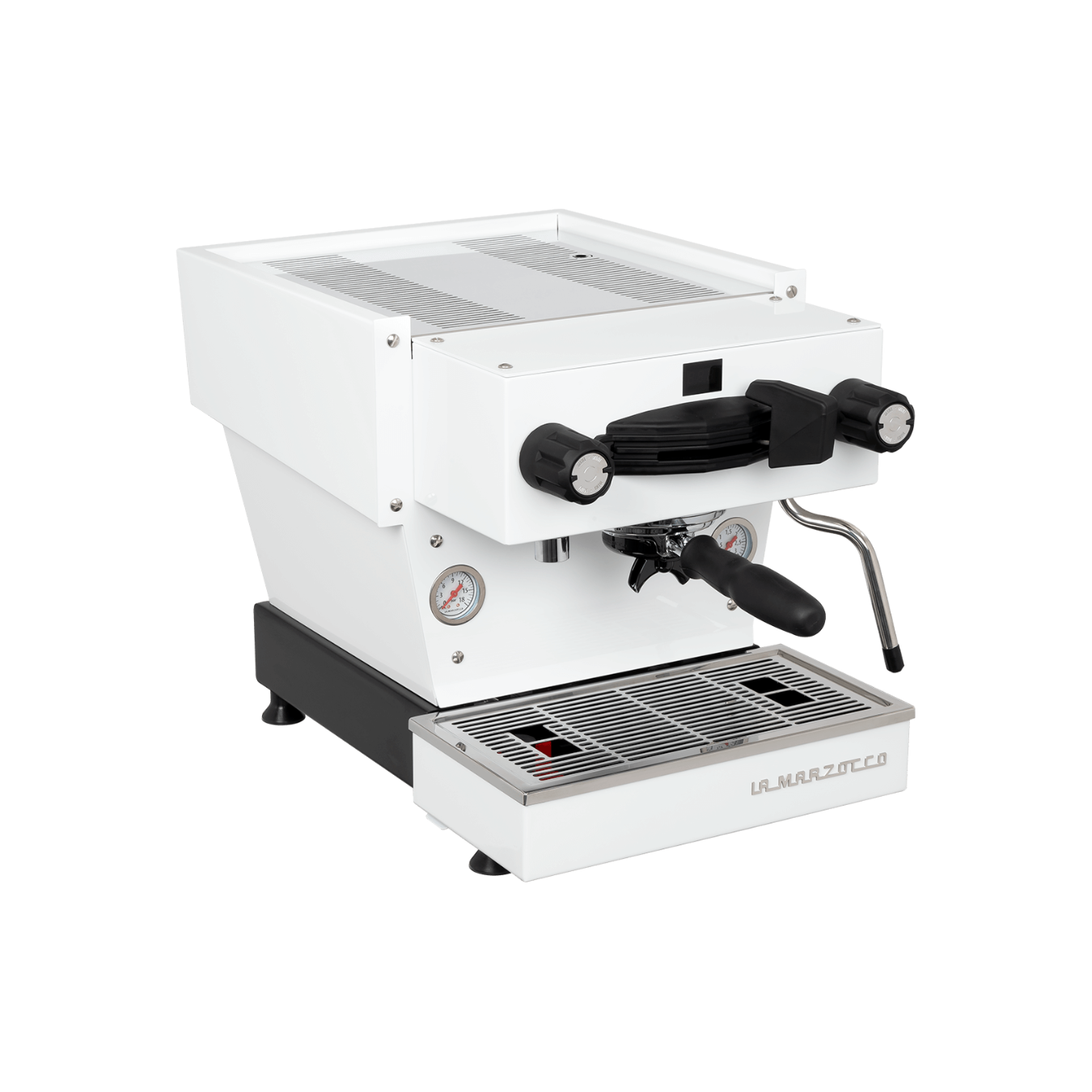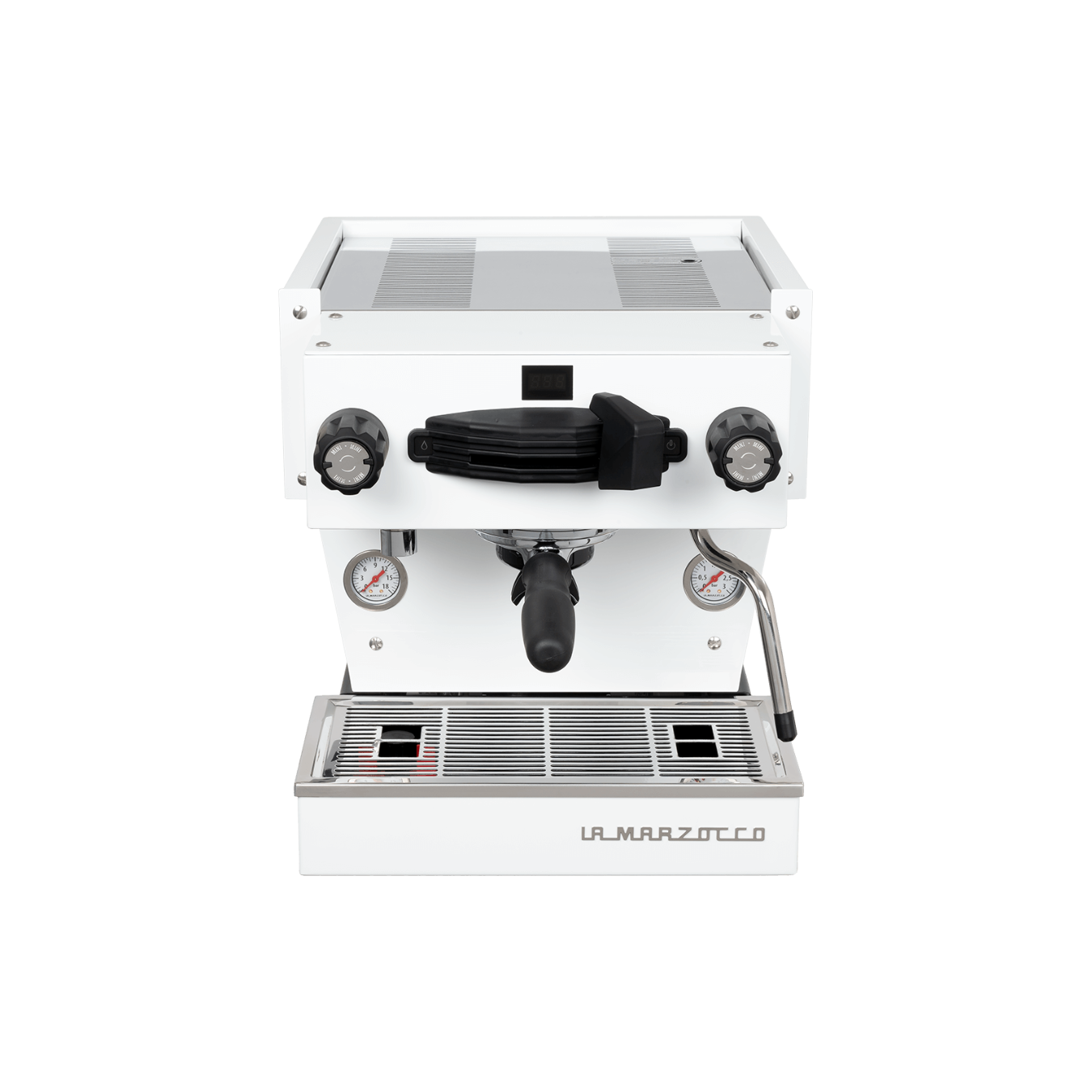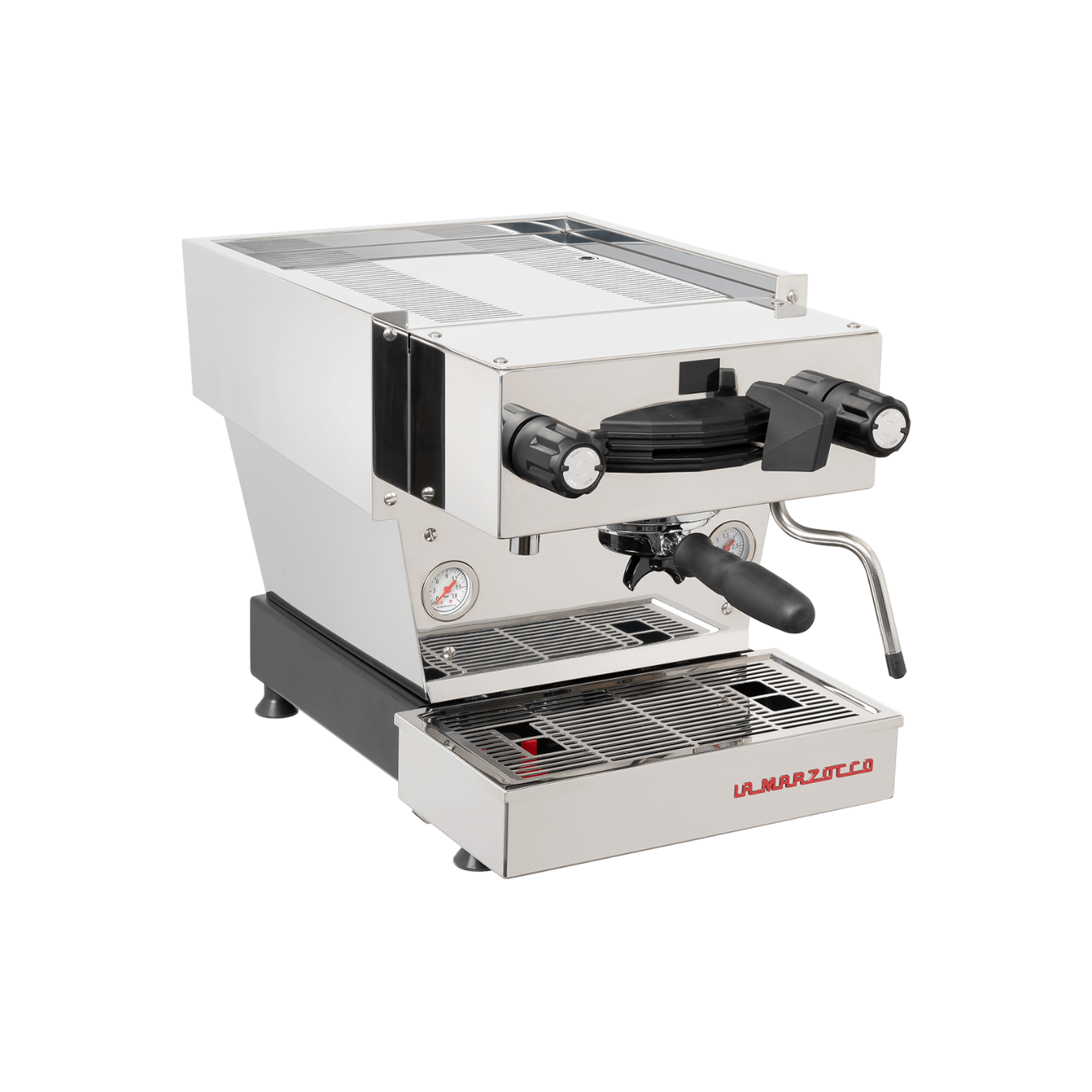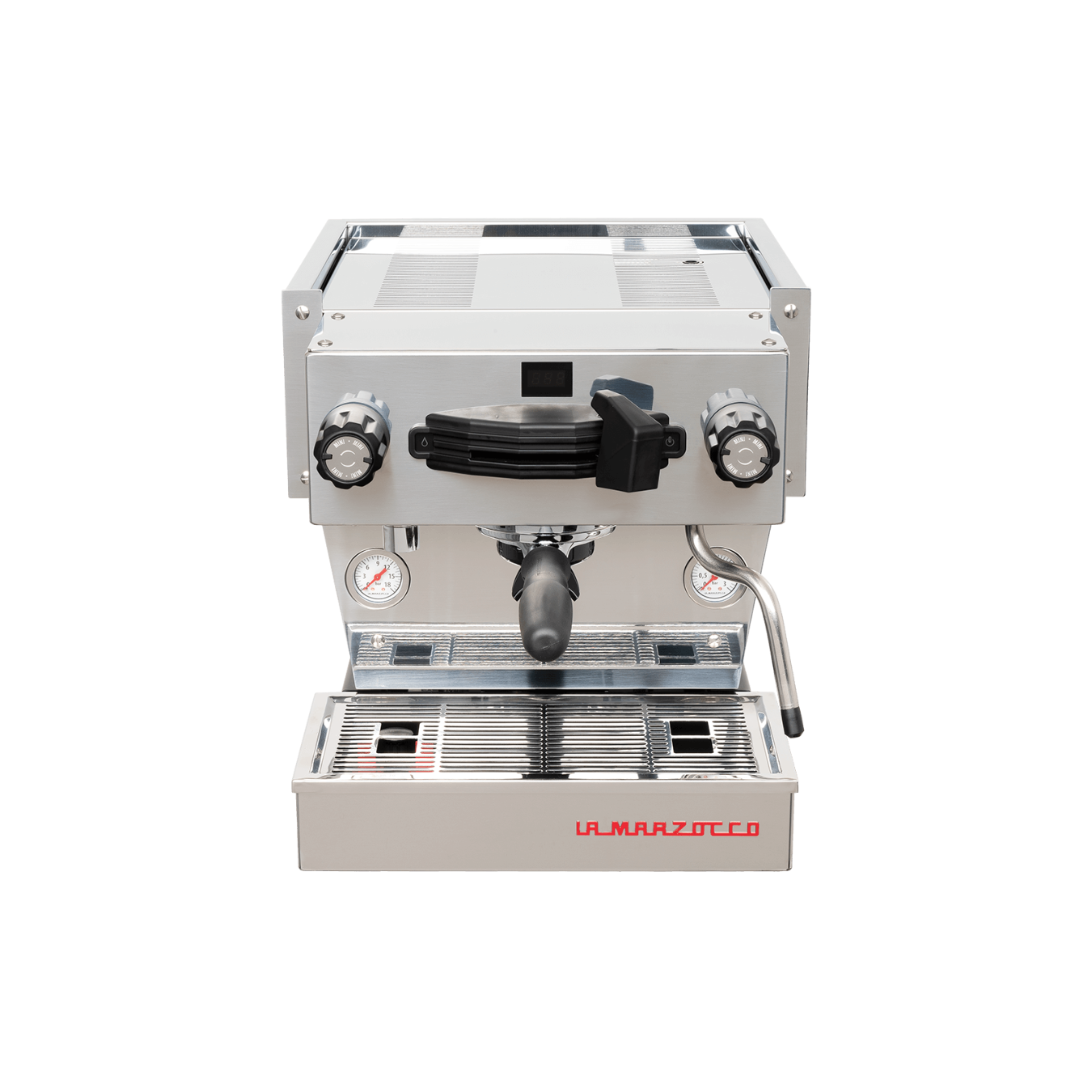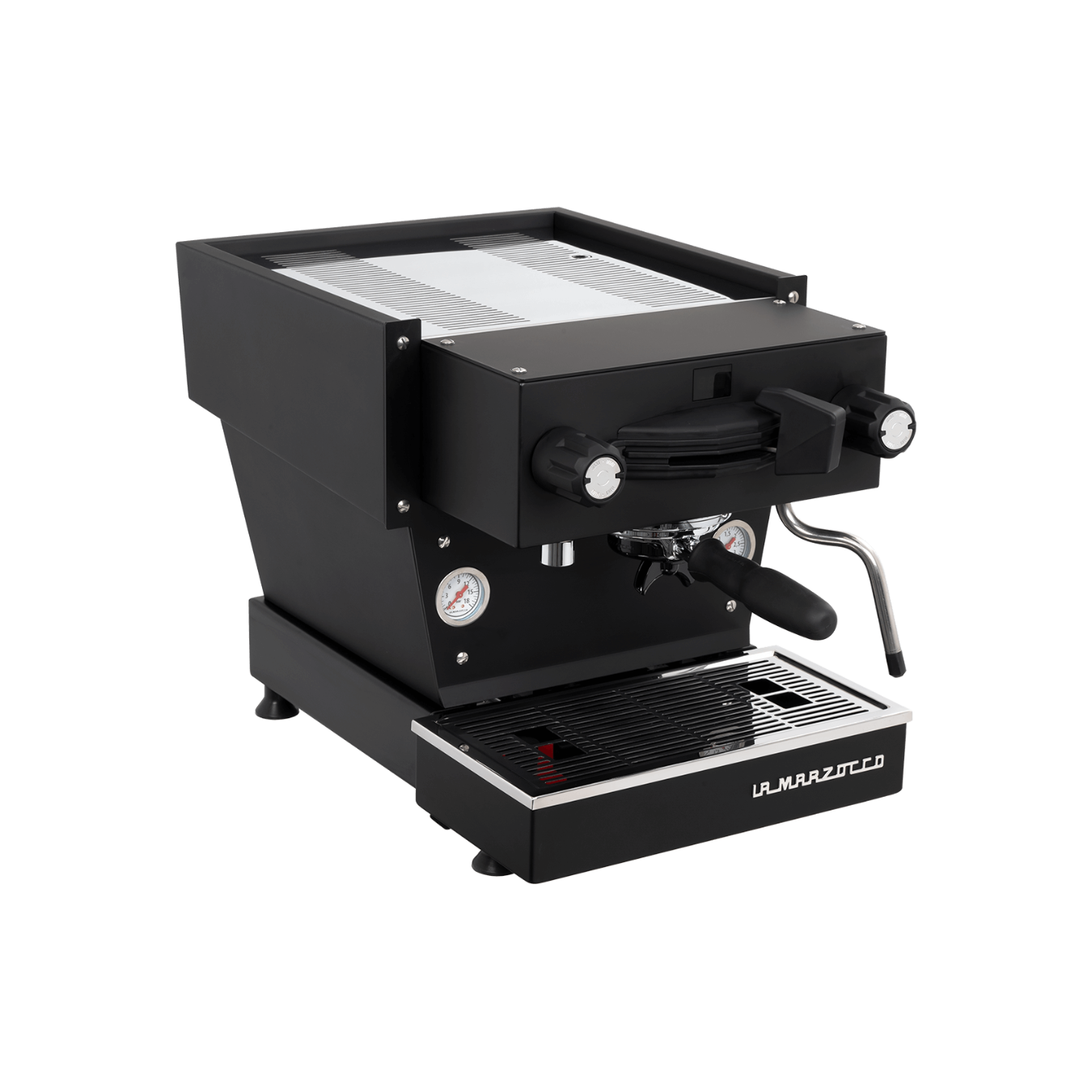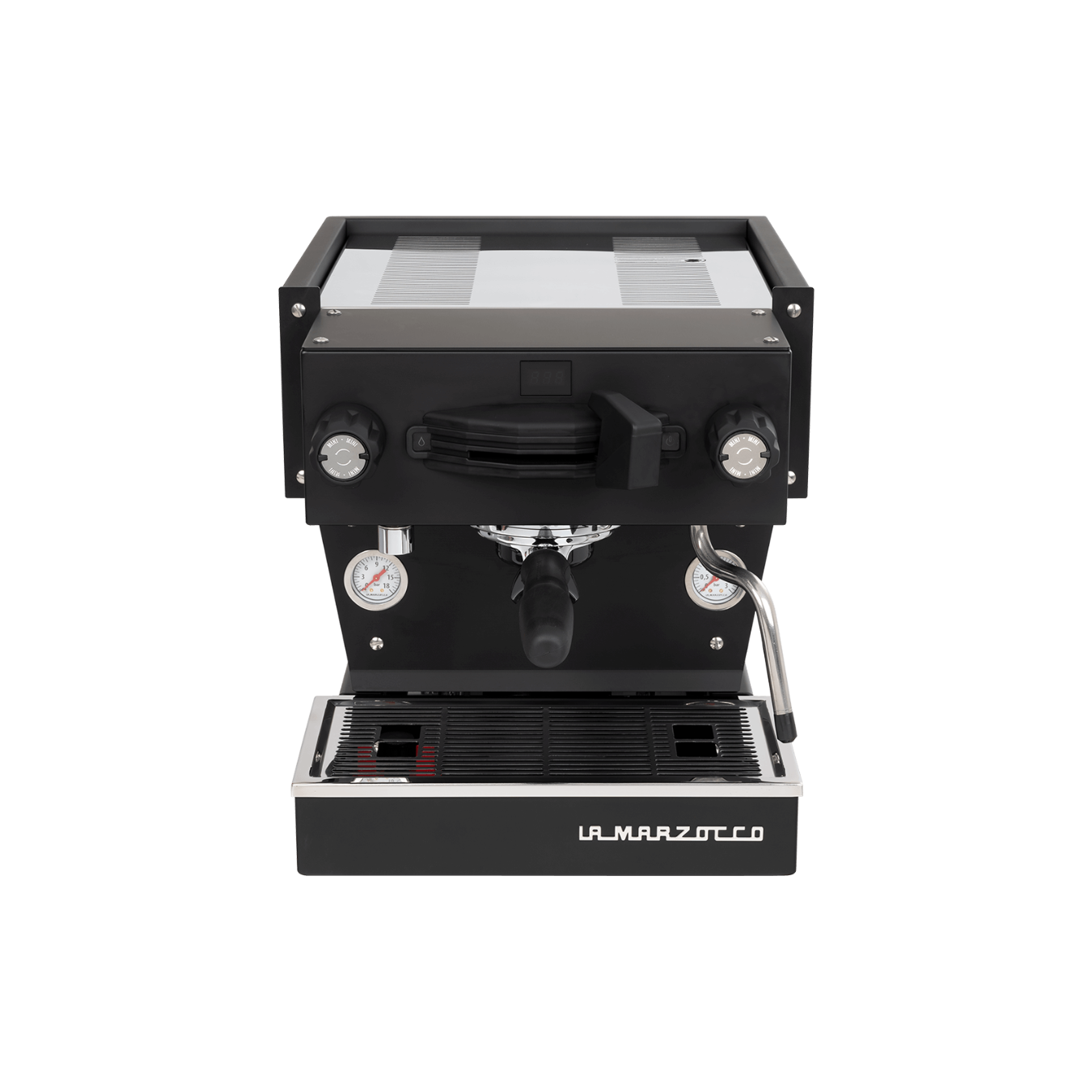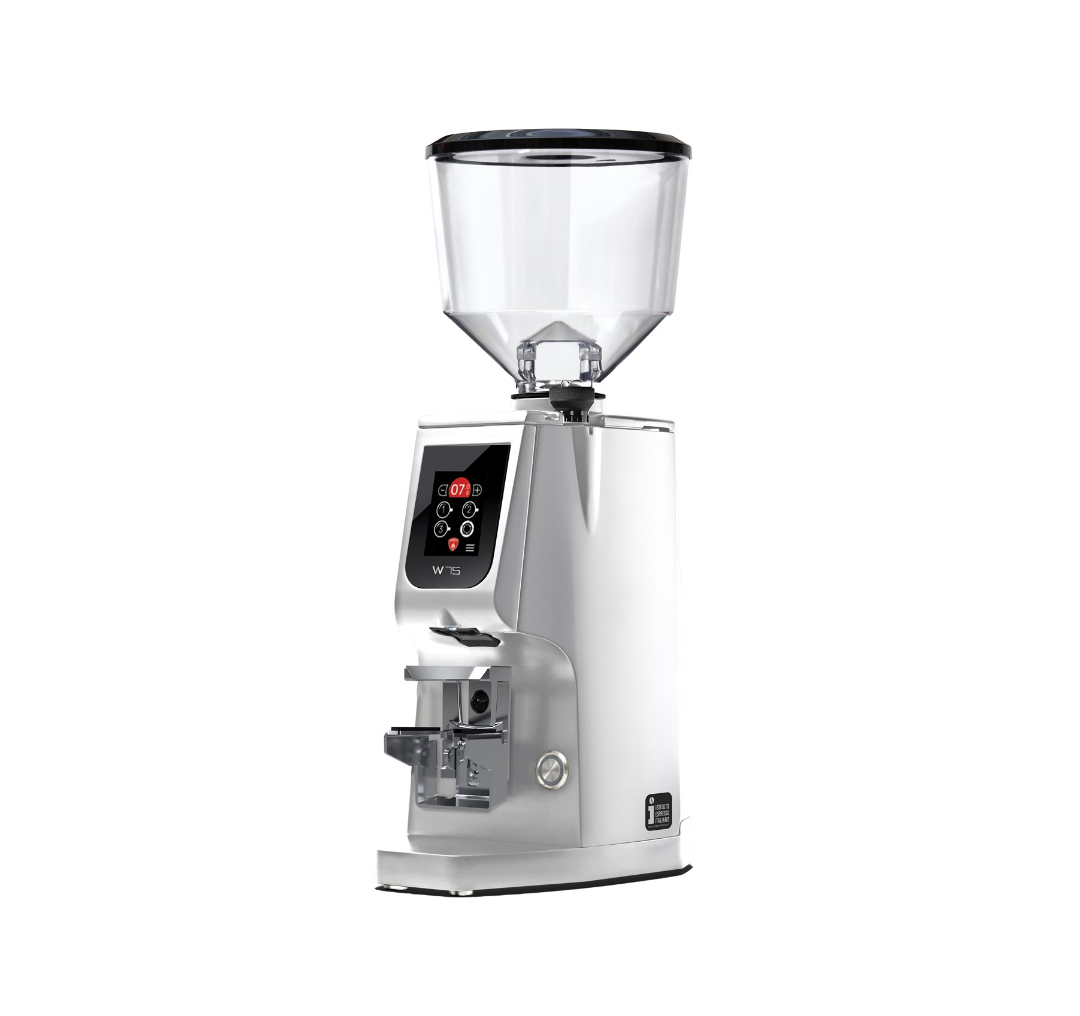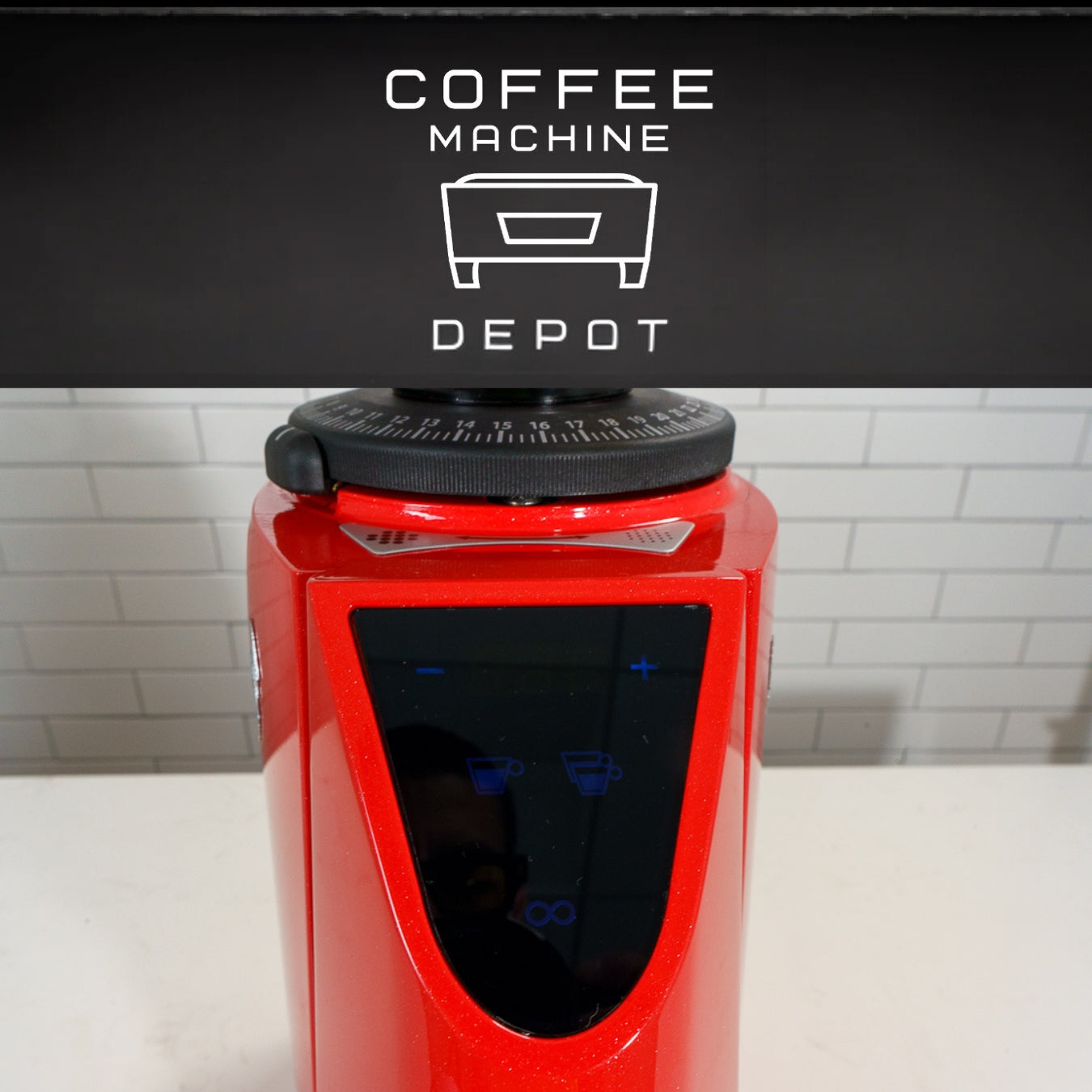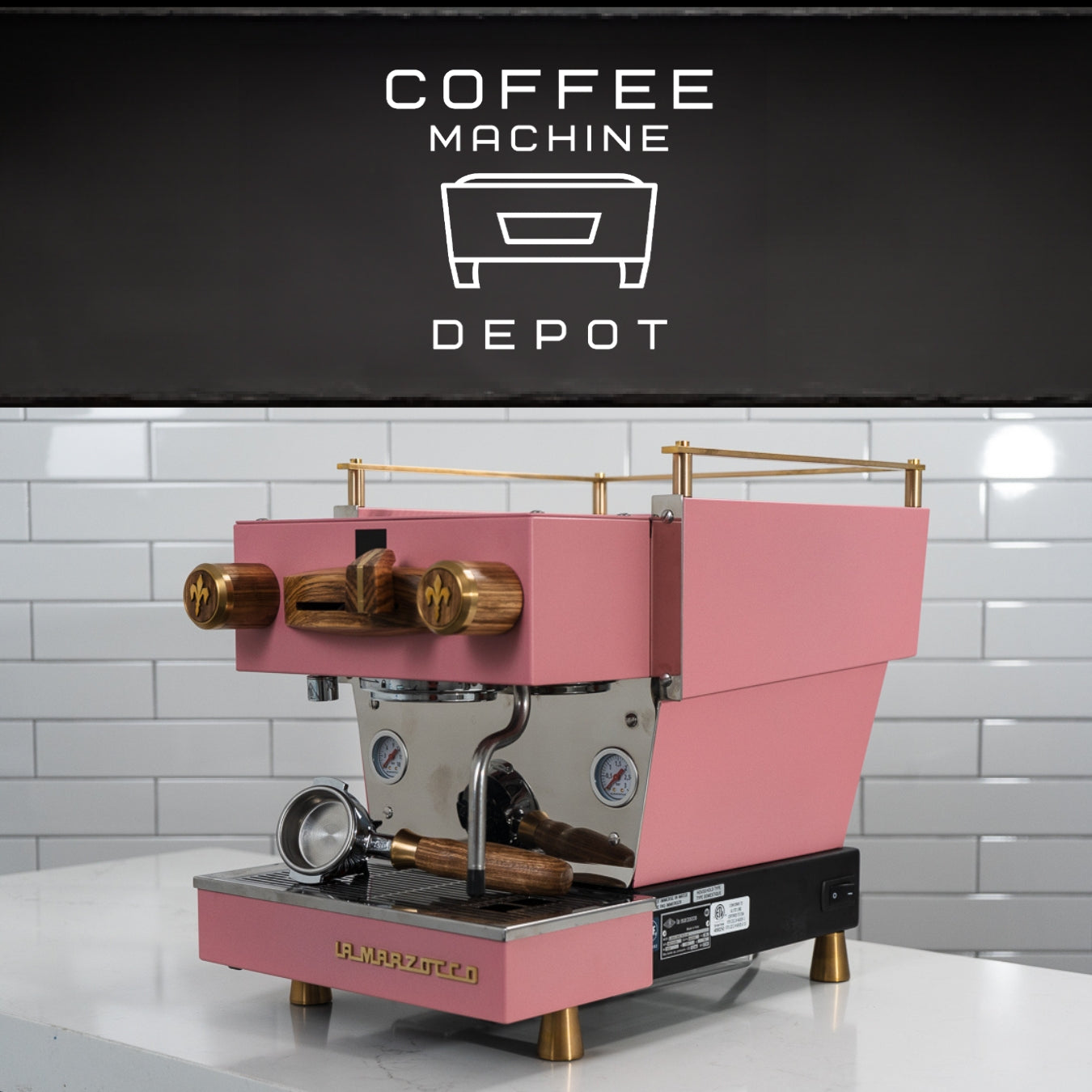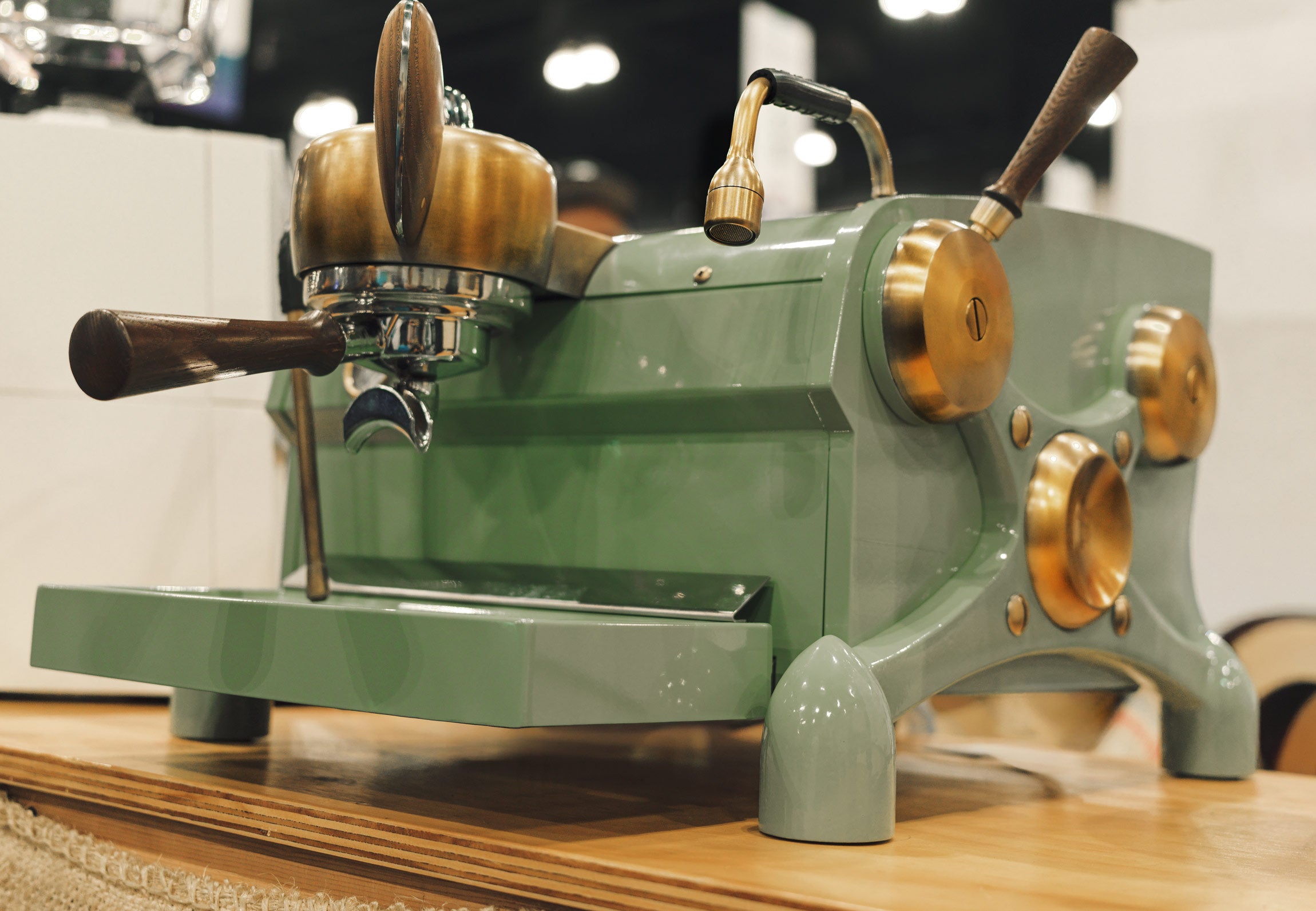Coffee Cart
36Frequently asked questions
Most coffee carts need access to 120V electricity with at least one dedicated 20-amp circuit. A single-group espresso machine typically uses 1,000–1,800 watts (8–15 amps at 120V), and when you add grinders and a small fridge or brewer, you’re often right at the limit of a 20A line. Because of this, the espresso machine is usually placed on its own circuit. To learn more about what you need, view our Coffee Cart guide!
A mobile café offers flexibility and lower overhead compared to a traditional brick-and-mortar shop. You can bring specialty coffee directly to high-traffic areas, events, offices, or festivals, meeting customers where they are instead of waiting for them to come to you. This mobility reduces risk, allows you to test different markets before committing to a permanent location, and helps build brand visibility in multiple places. With a smaller footprint and lower startup costs, a mobile café can generate strong margins while keeping operations lean and adaptable. Learn more at our blog
Starting a coffee cart is generally more affordable than opening a full café, but costs can vary widely depending on the type of cart, equipment, and permits you need. Typical startup costs range from $5,000 to $20,000. For a broken down price guide view our blog post.
With the right licenses, you have weekly options for where to operate your coffee cart—from farmers’ markets and festivals to office parks and private events. The best part? You get to choose the world you want your coffee cart to be in, creating a unique experience wherever you go, Learn more about how to set up your business.
For a mobile coffee setup, a dual-boiler espresso machine isn’t strictly required, but it can be a game-changer if you want efficiency and consistency. Dual boilers allow you to brew espresso and steam milk simultaneously, which means faster service during busy periods without sacrificing temperature stability or shot quality. They also offer precise temperature control, leading to more consistent espresso extraction—critical when serving multiple customers quickly. While single-boiler machines can work for small volumes, a dual-boiler setup is ideal if you want to serve lattes and cappuccinos efficiently and maintain high-quality drinks in a mobile environment.
For high-volume coffee carts, reliability and consistency are key. Commercial-grade burr grinders with a high-speed motor and even grind distribution are ideal. Brands like Fiorenzato and Mahlkönig offer excellent options, providing durability, precision, and smooth operation for busy mobile setups. Doserless models are particularly convenient, allowing baristas to grind directly into the portafilter and keep service fast and efficient.

